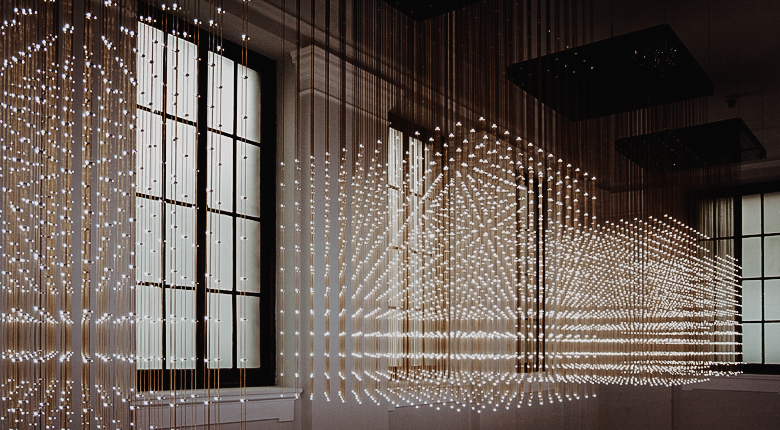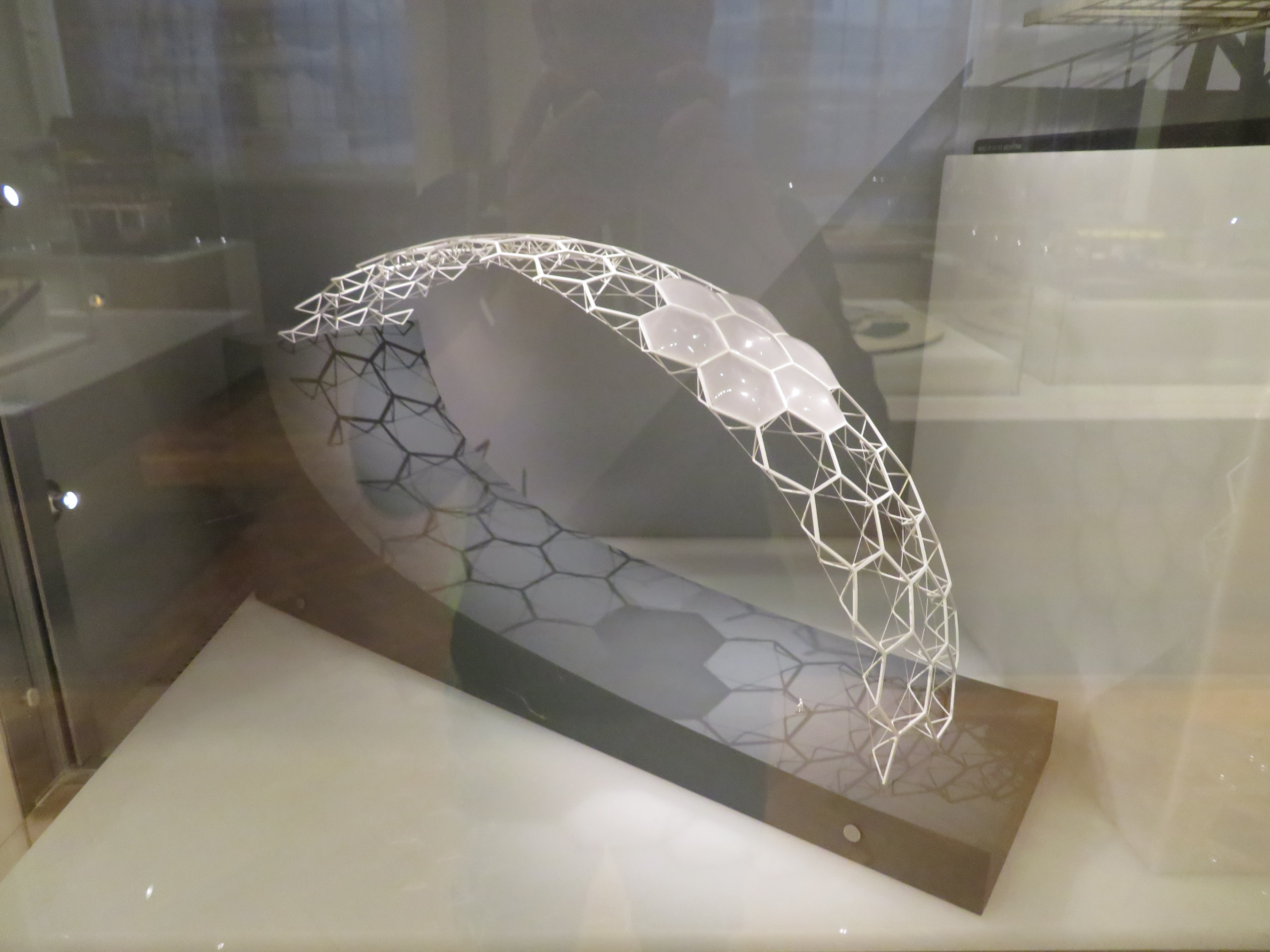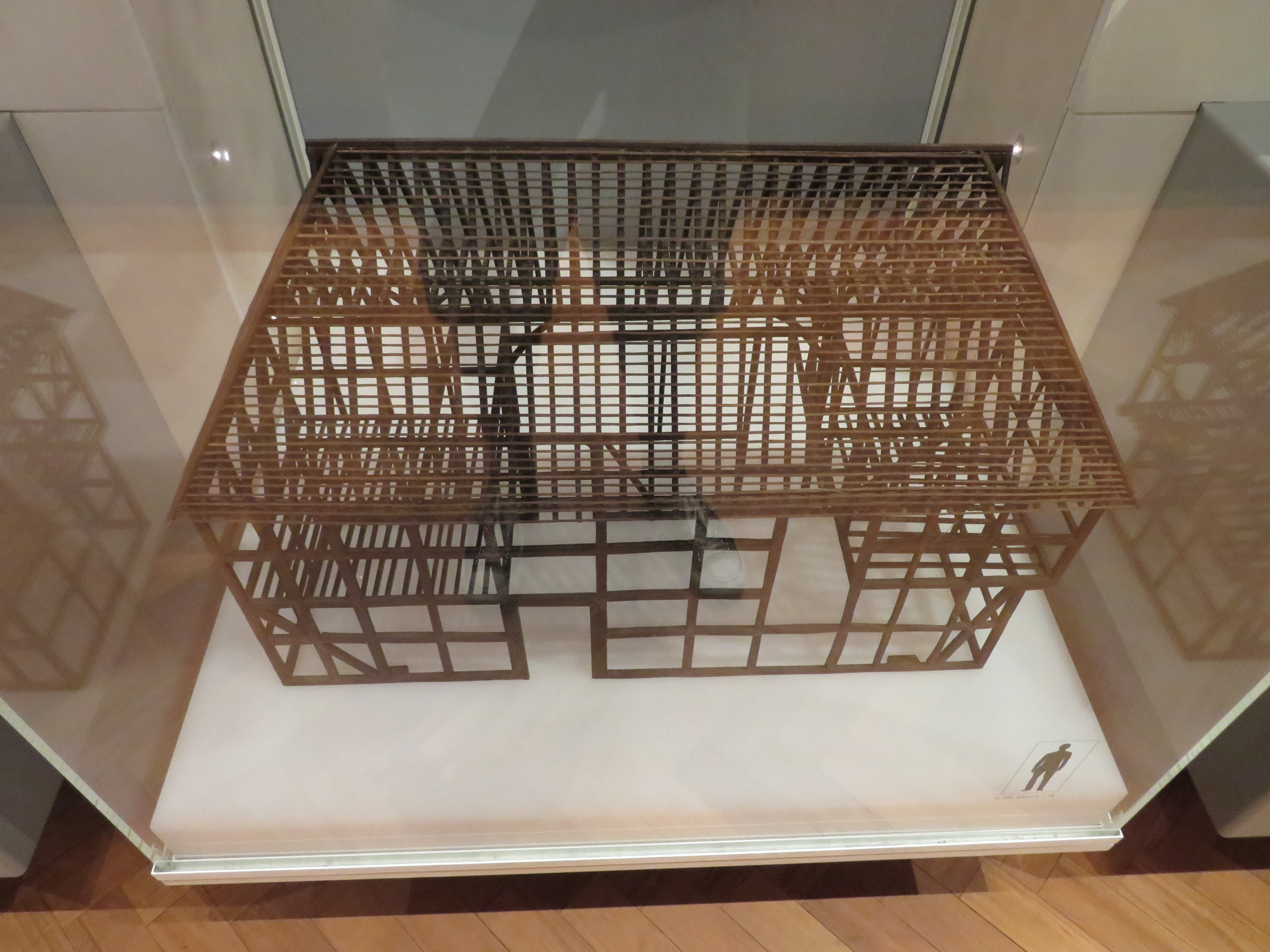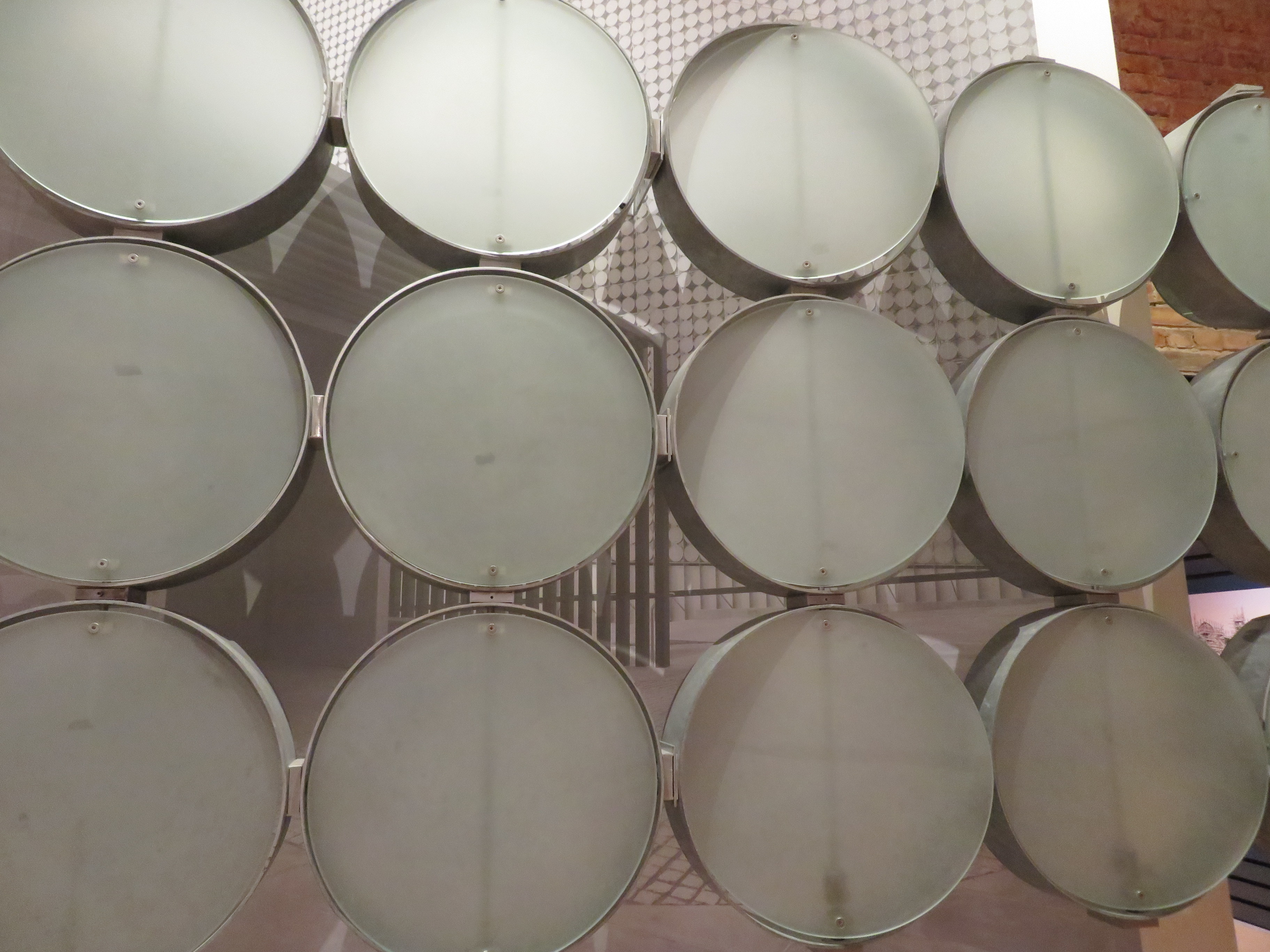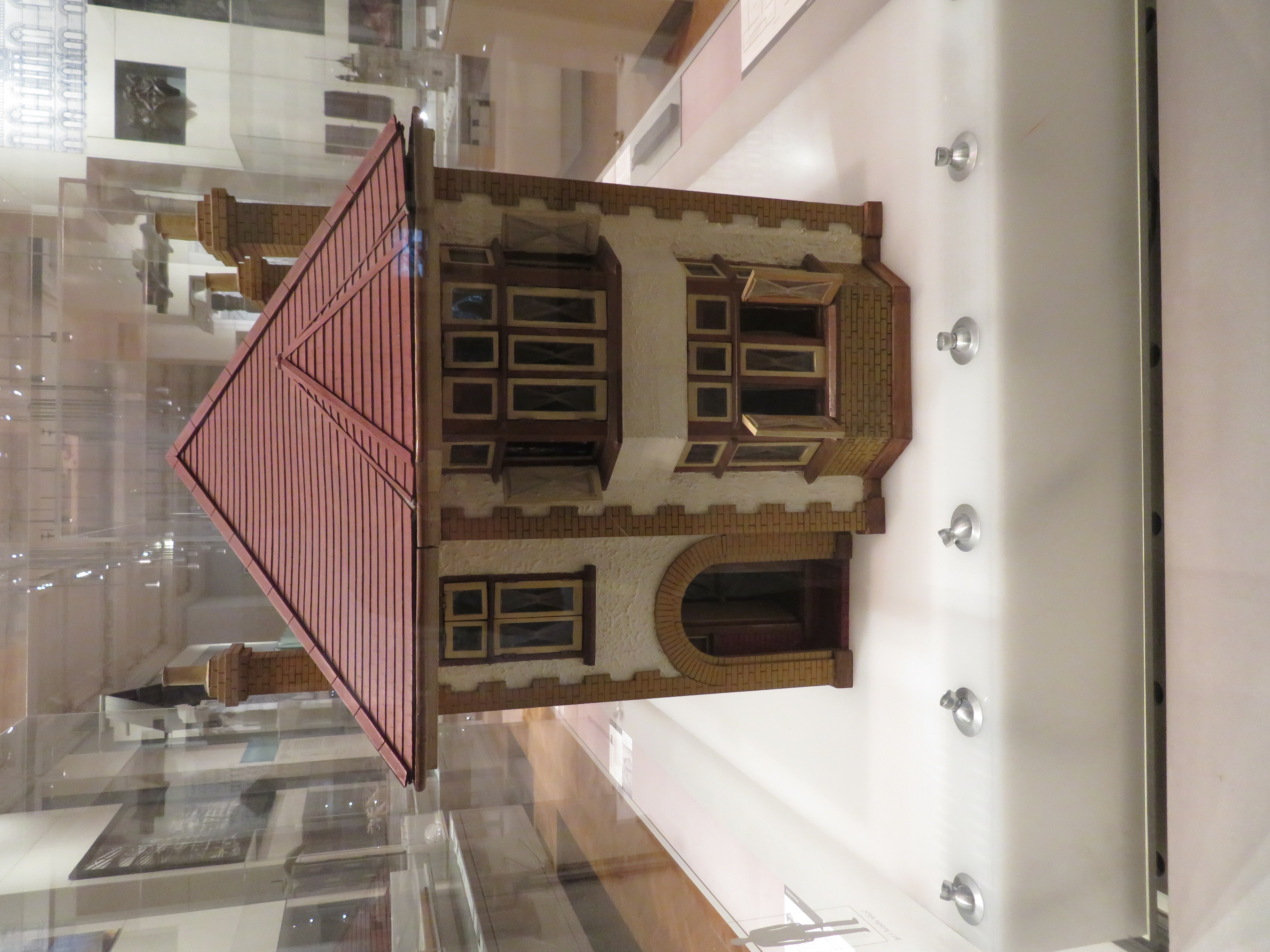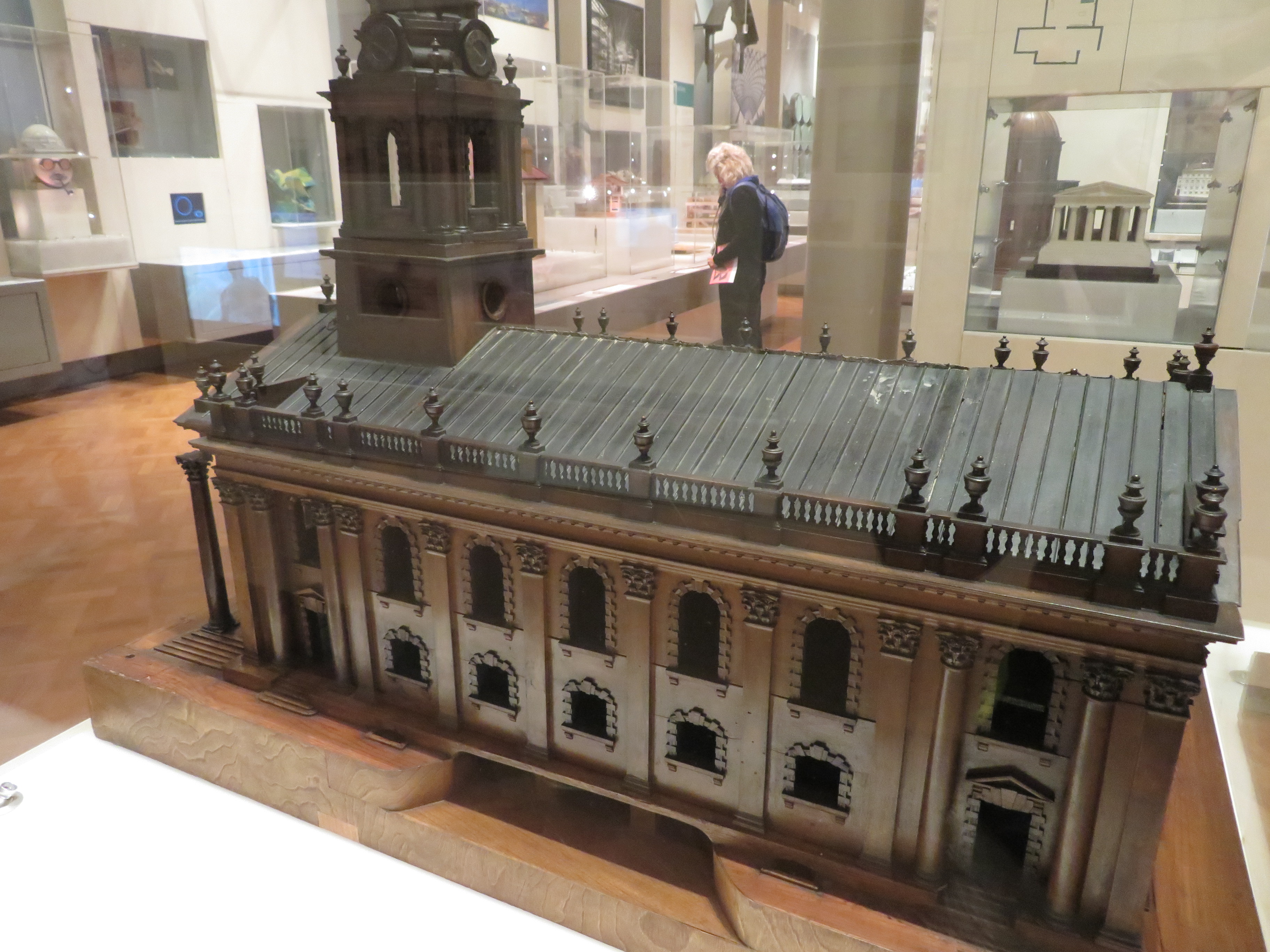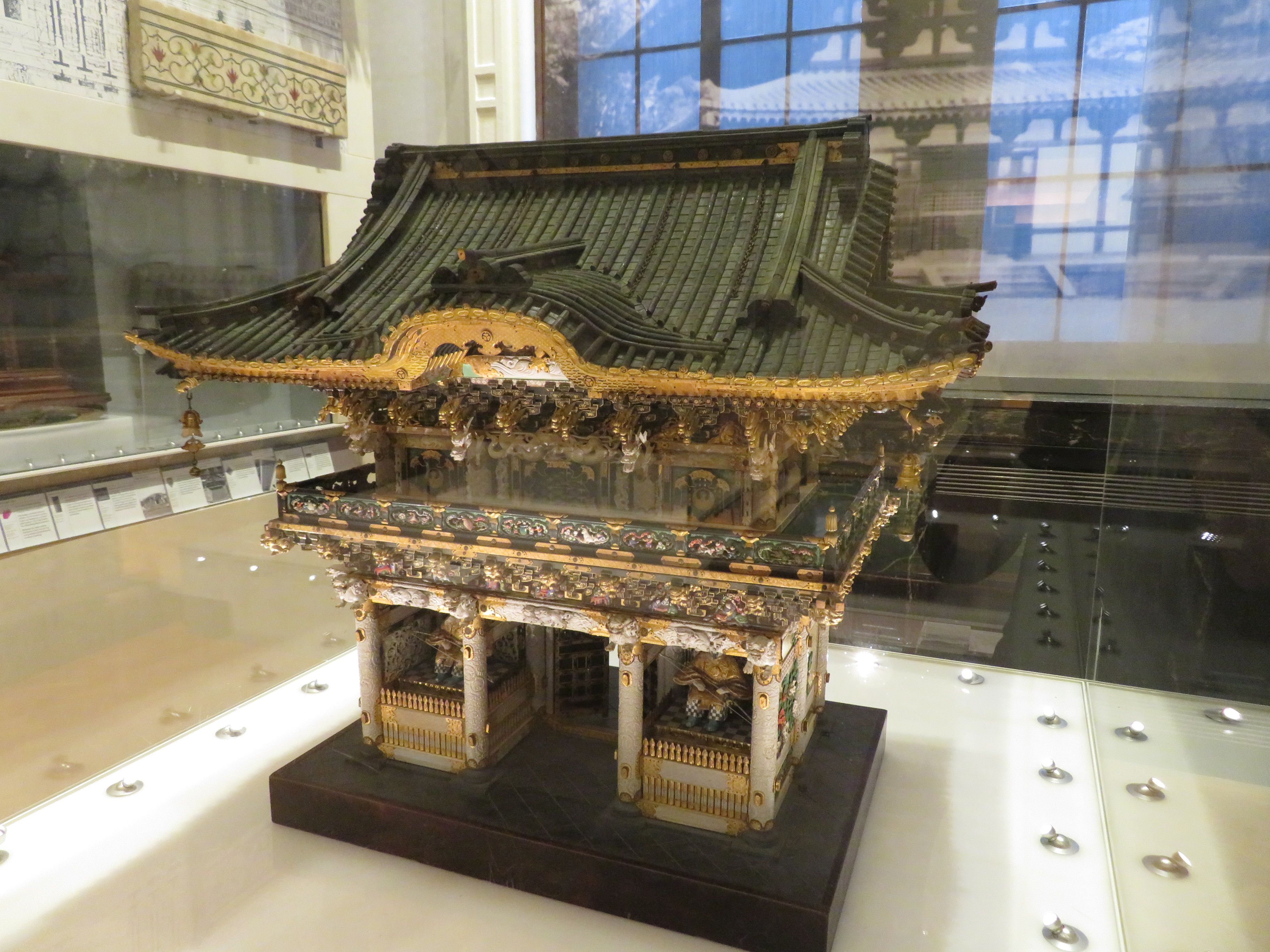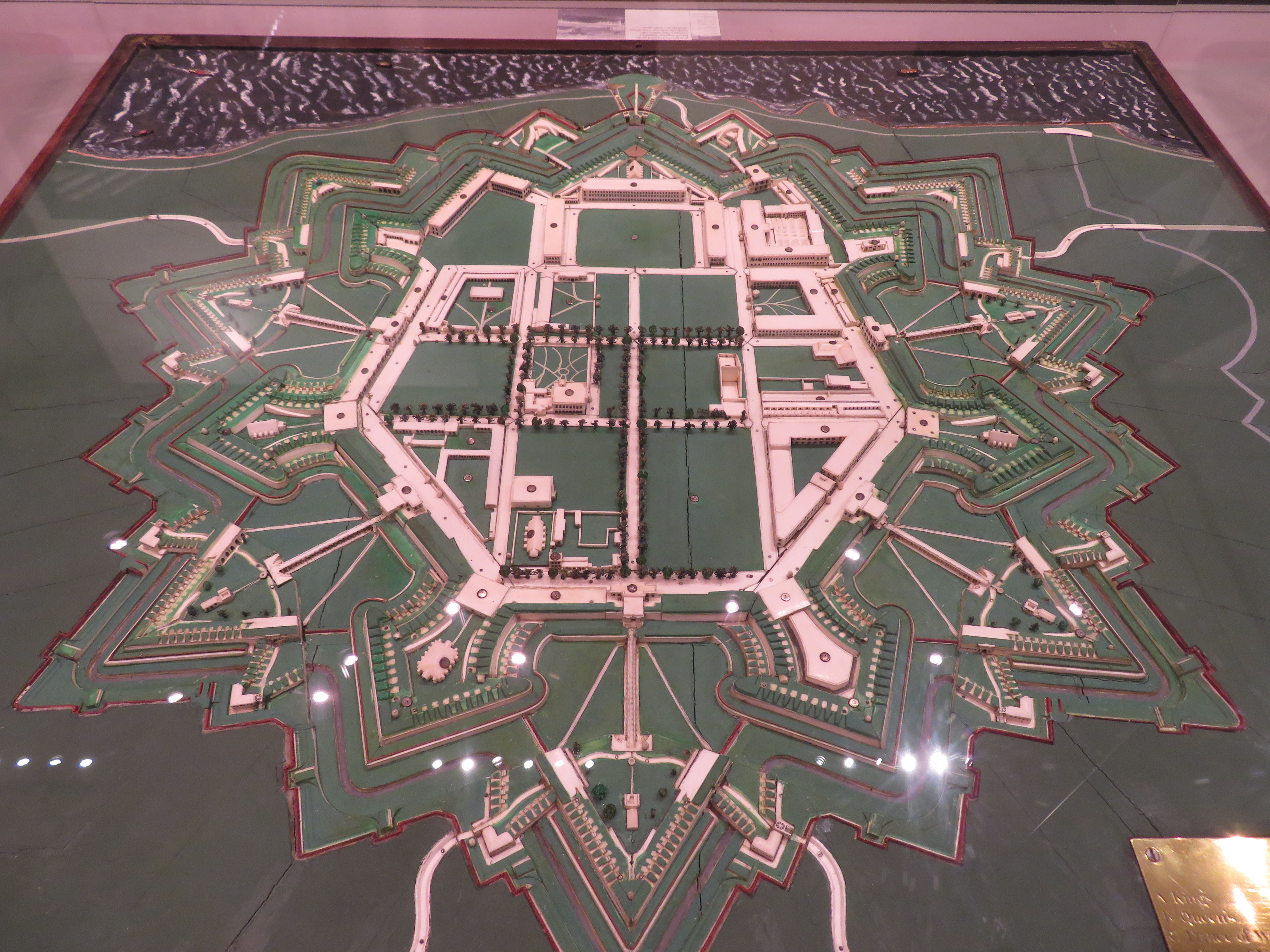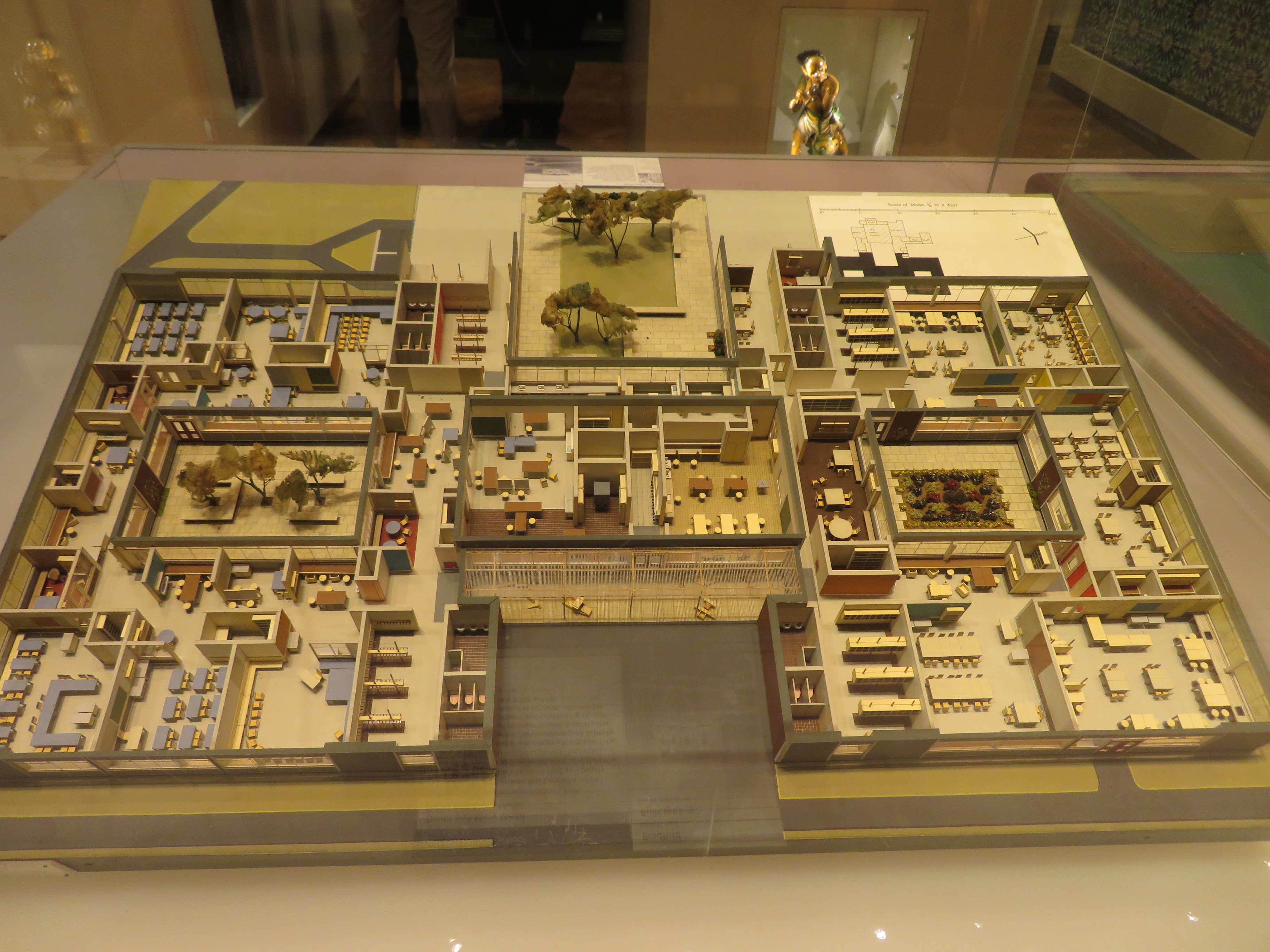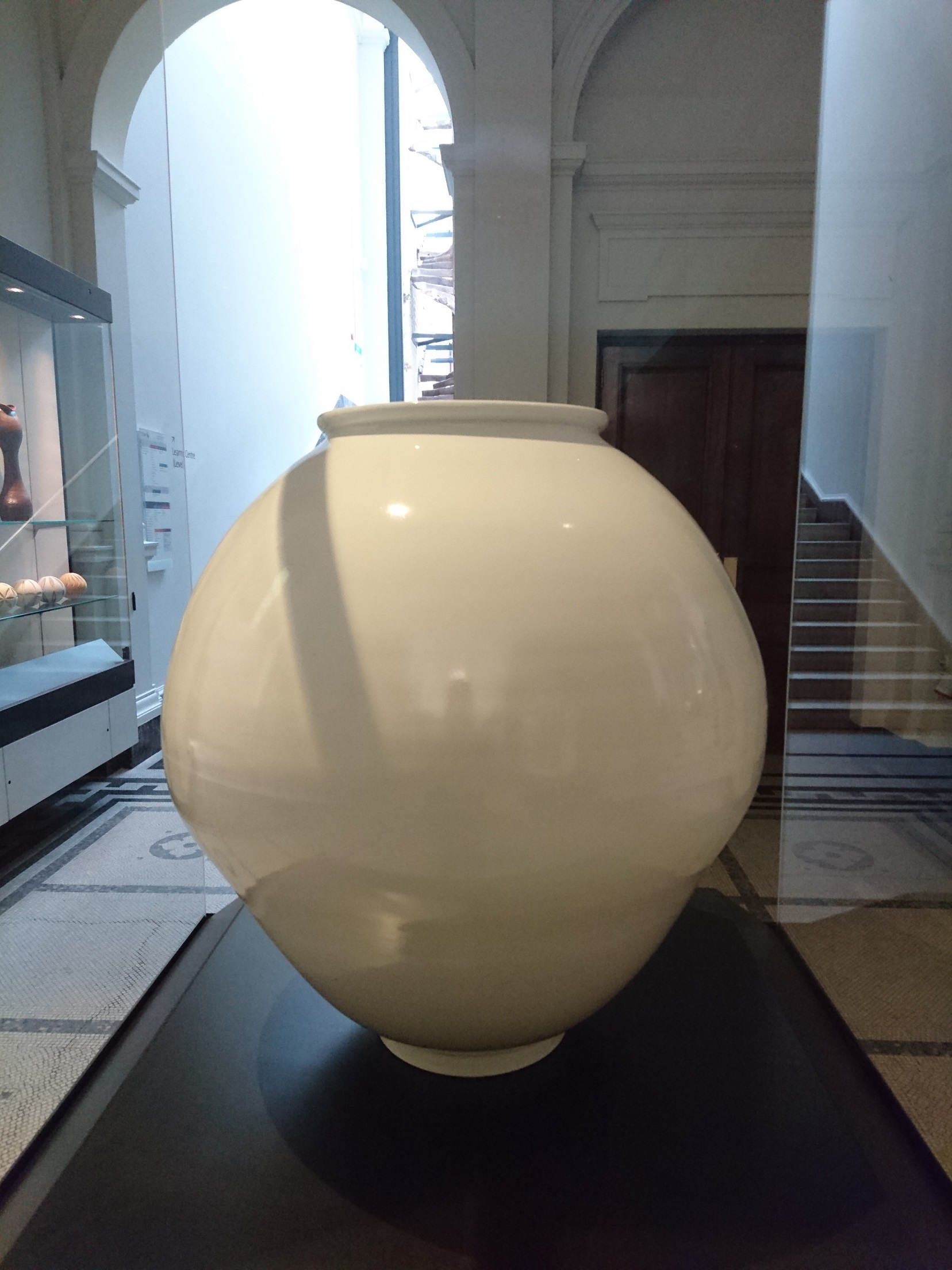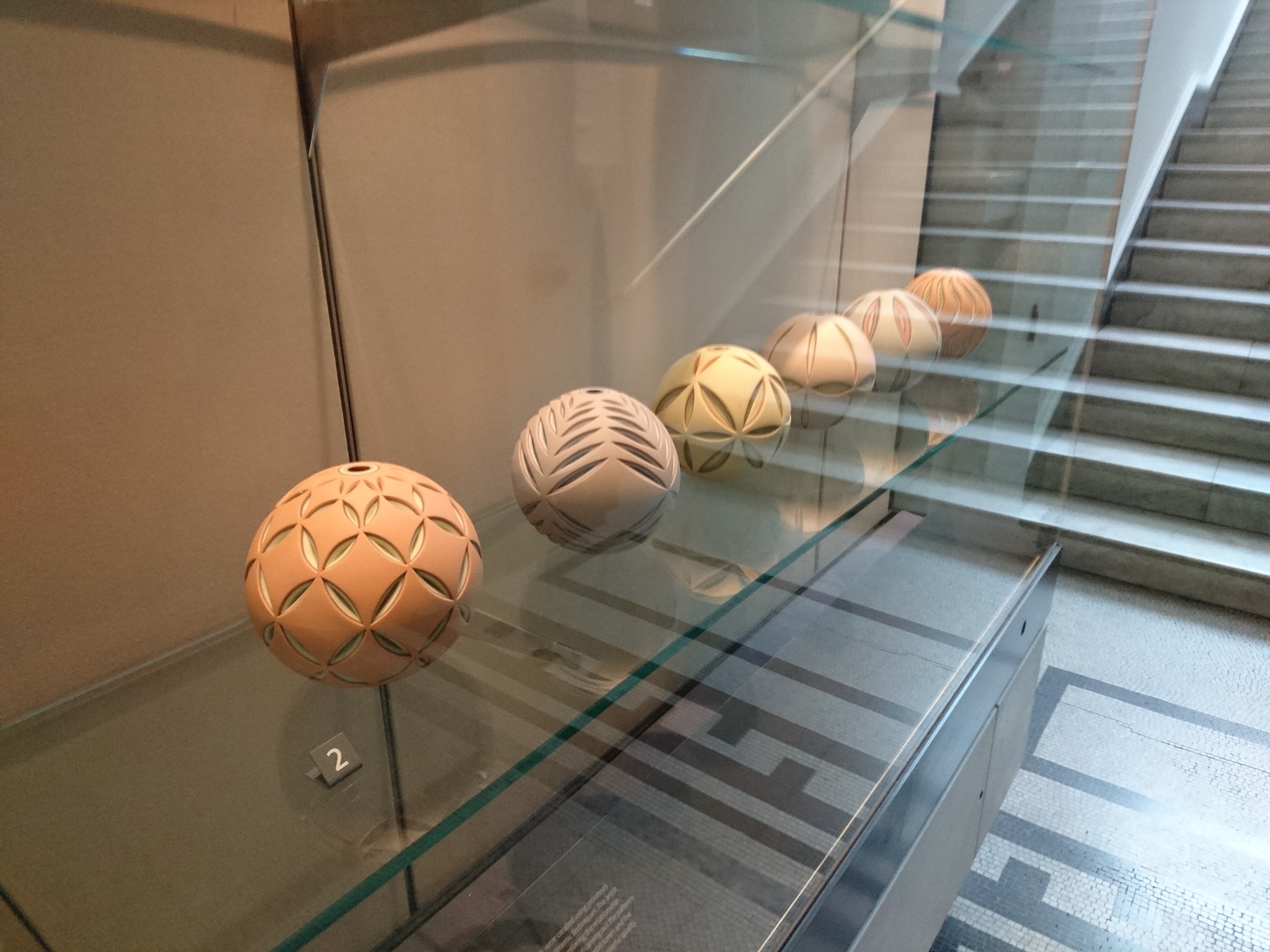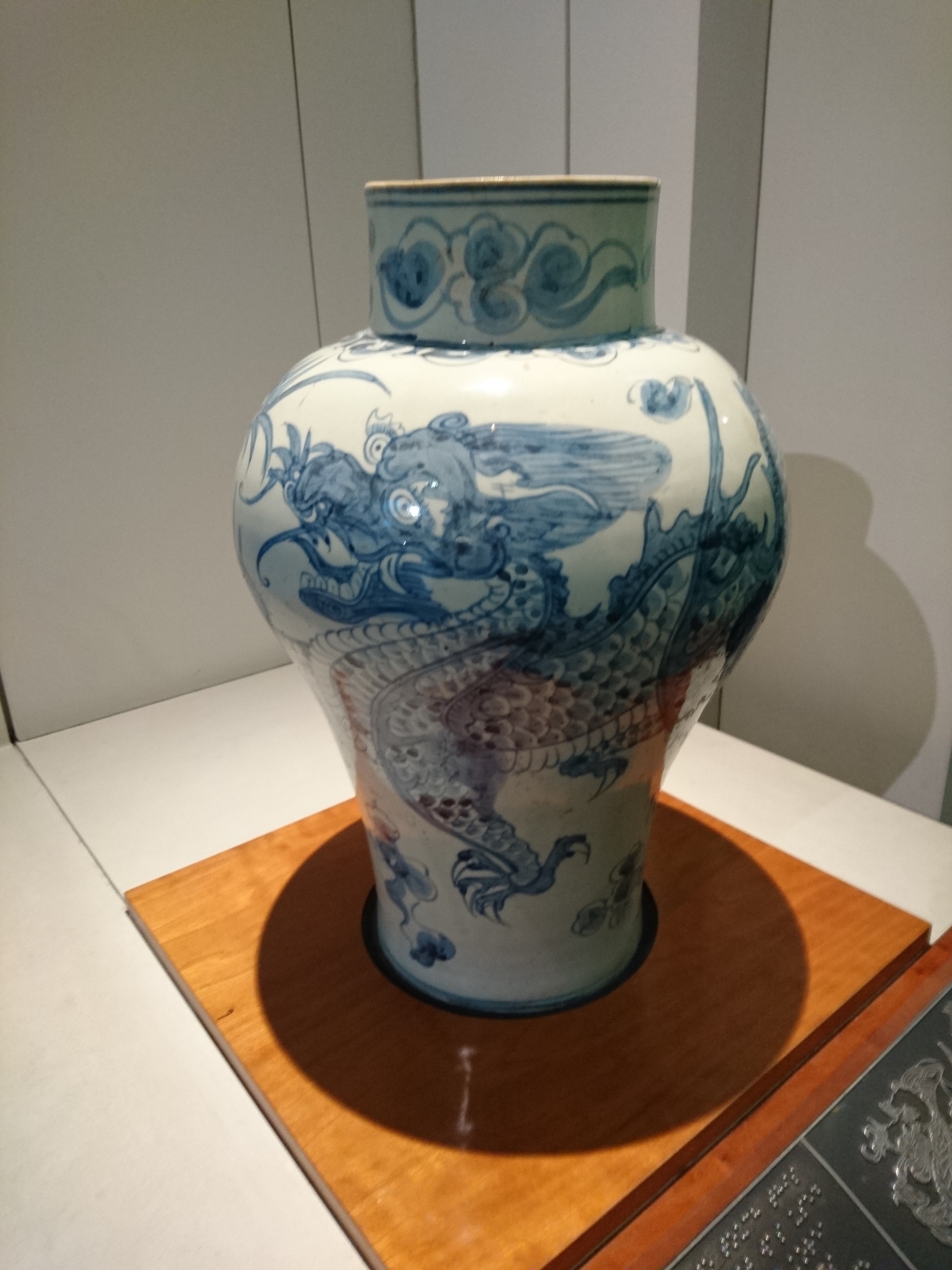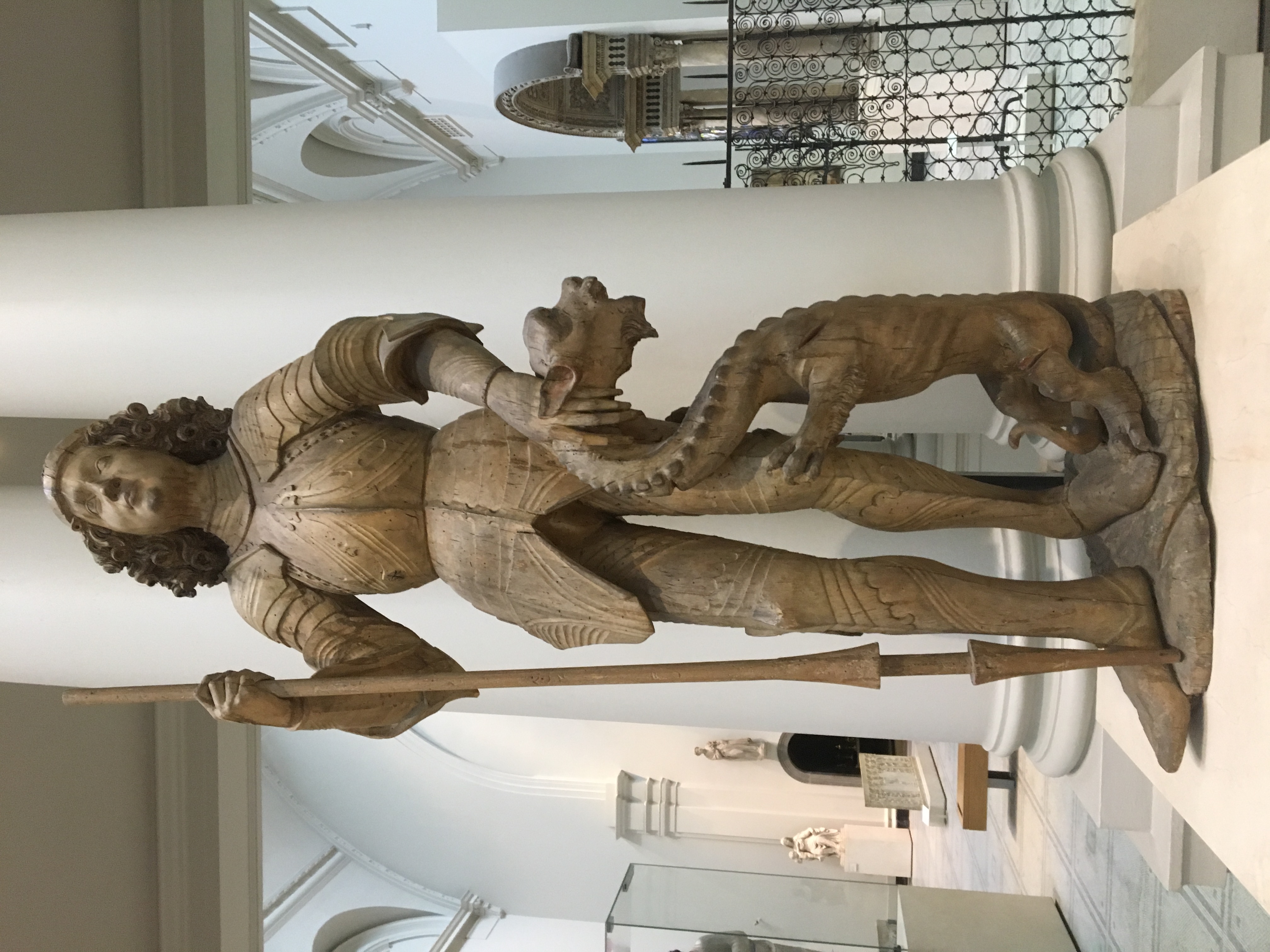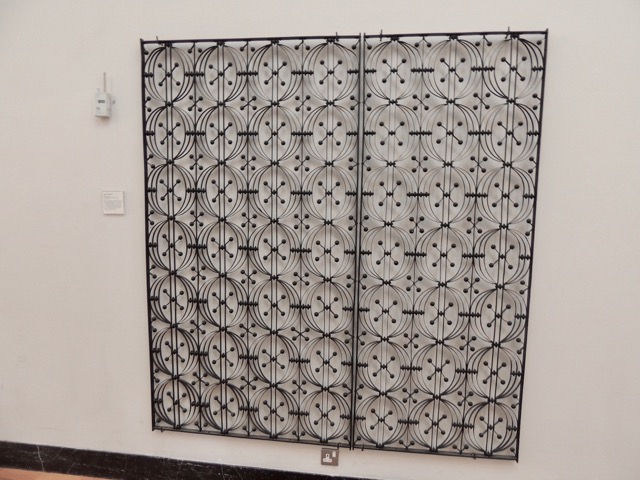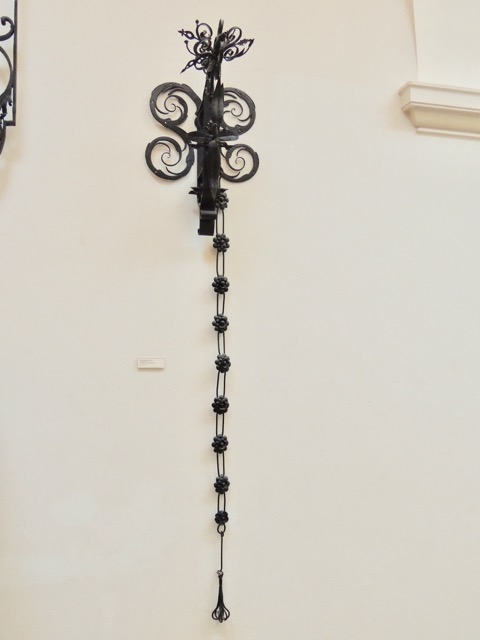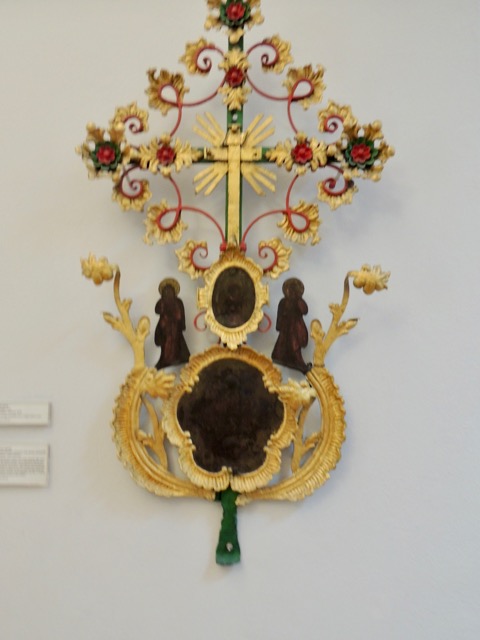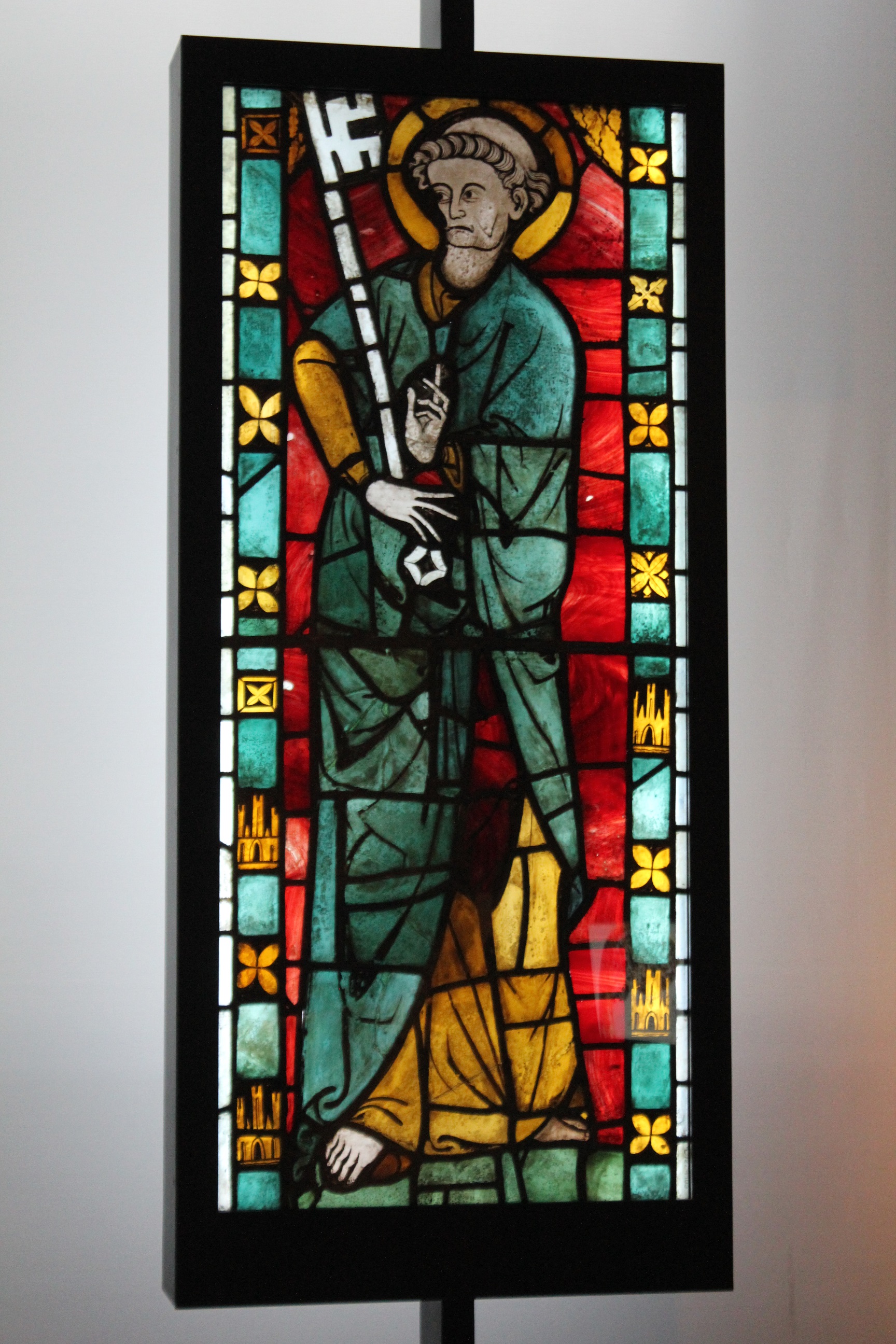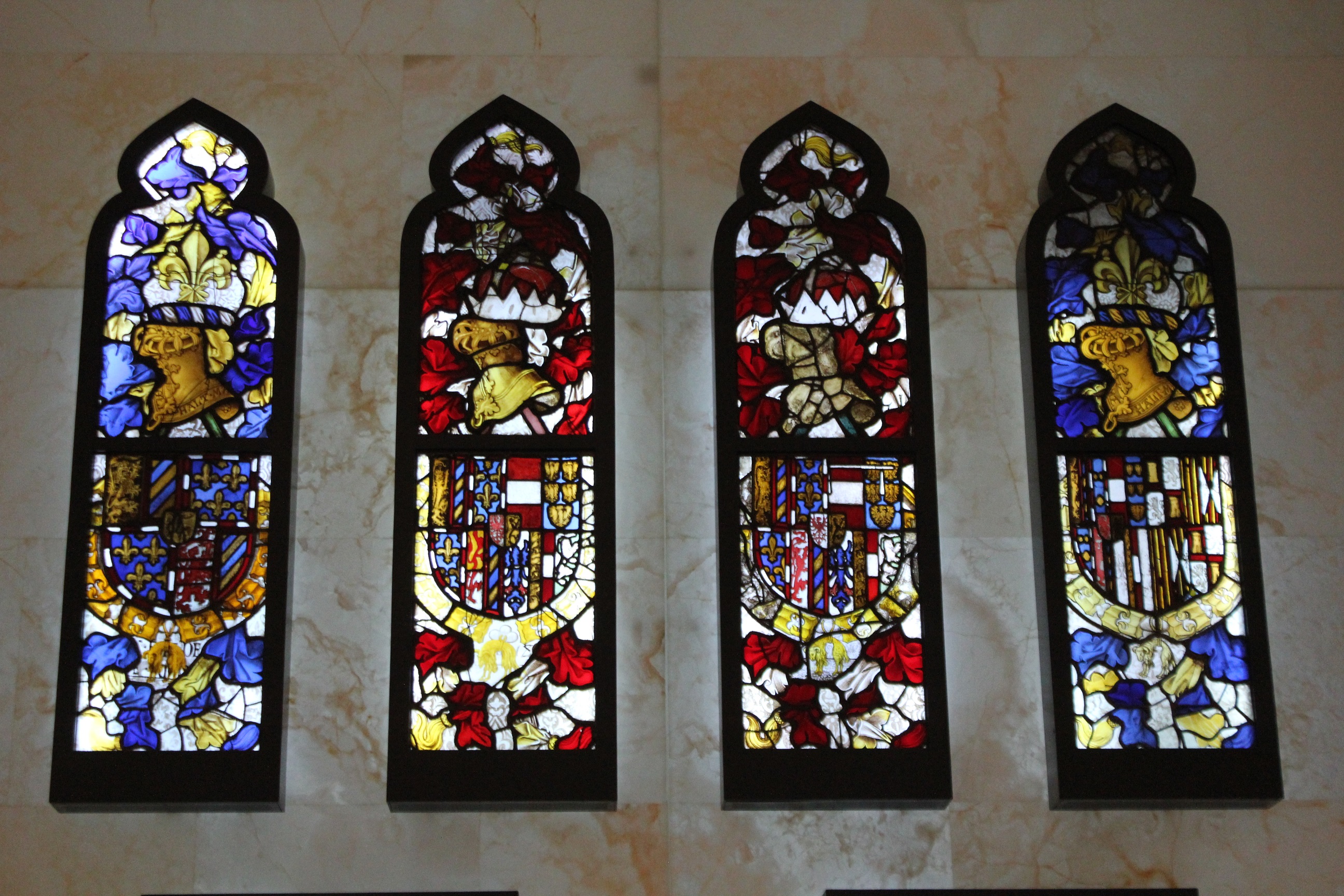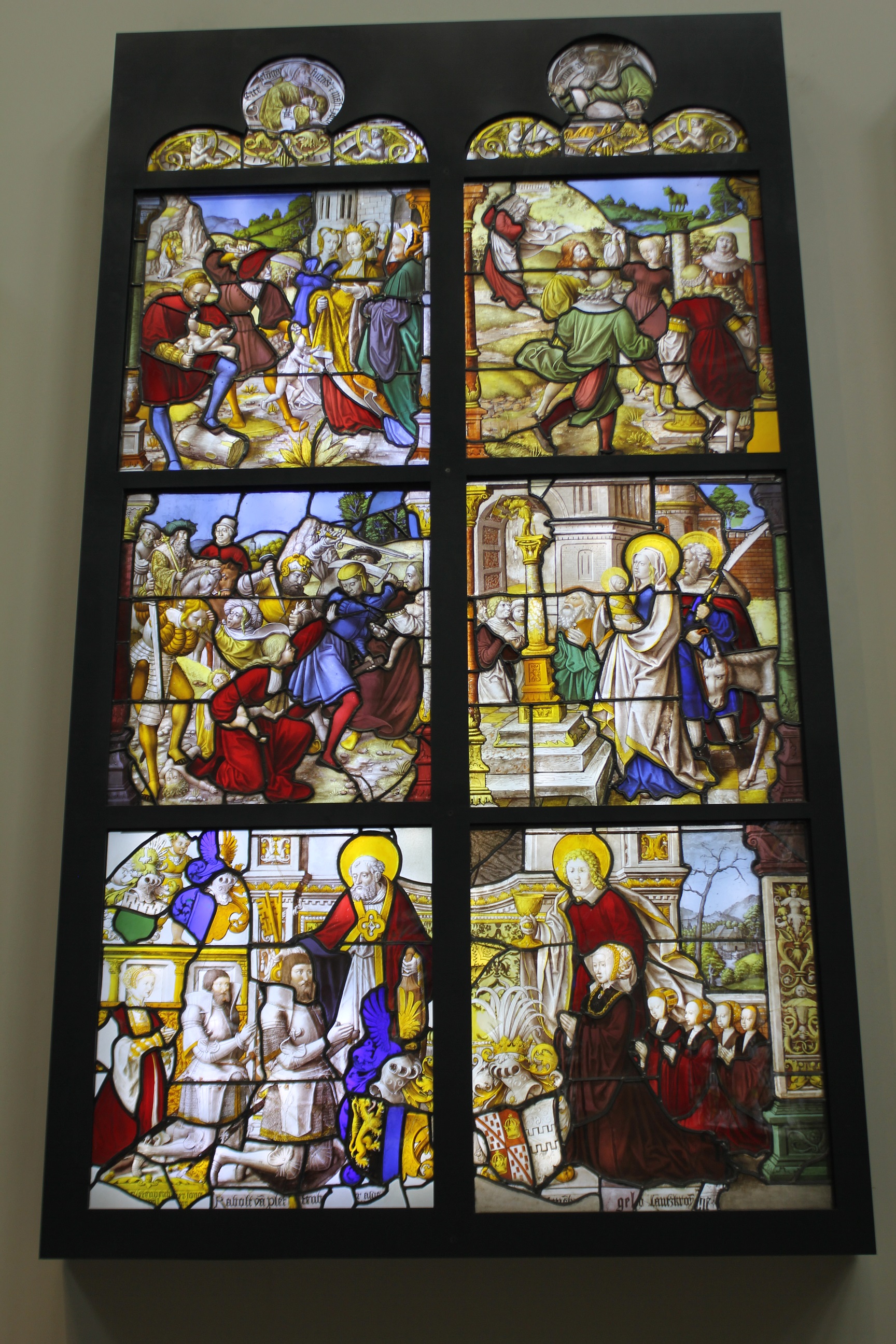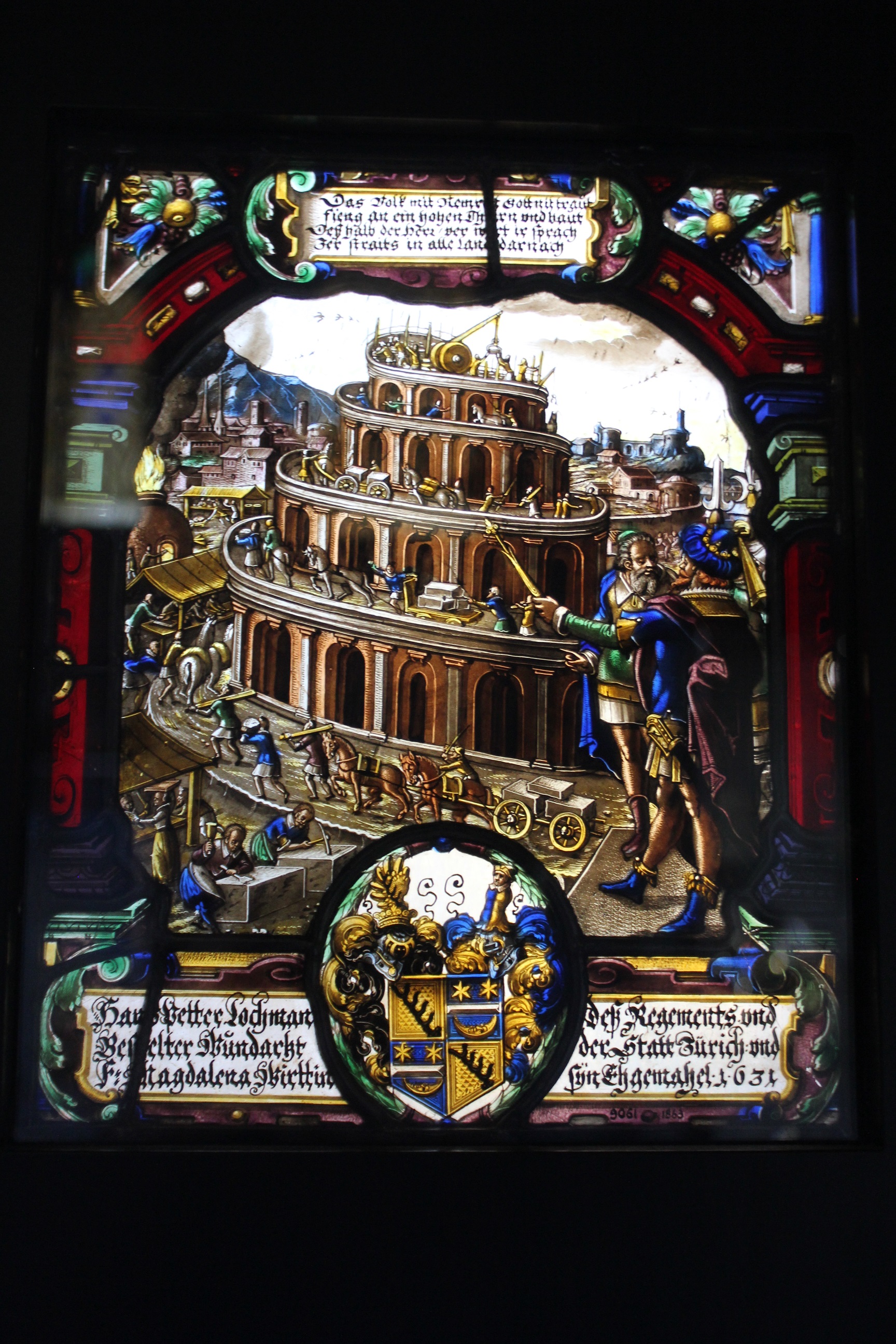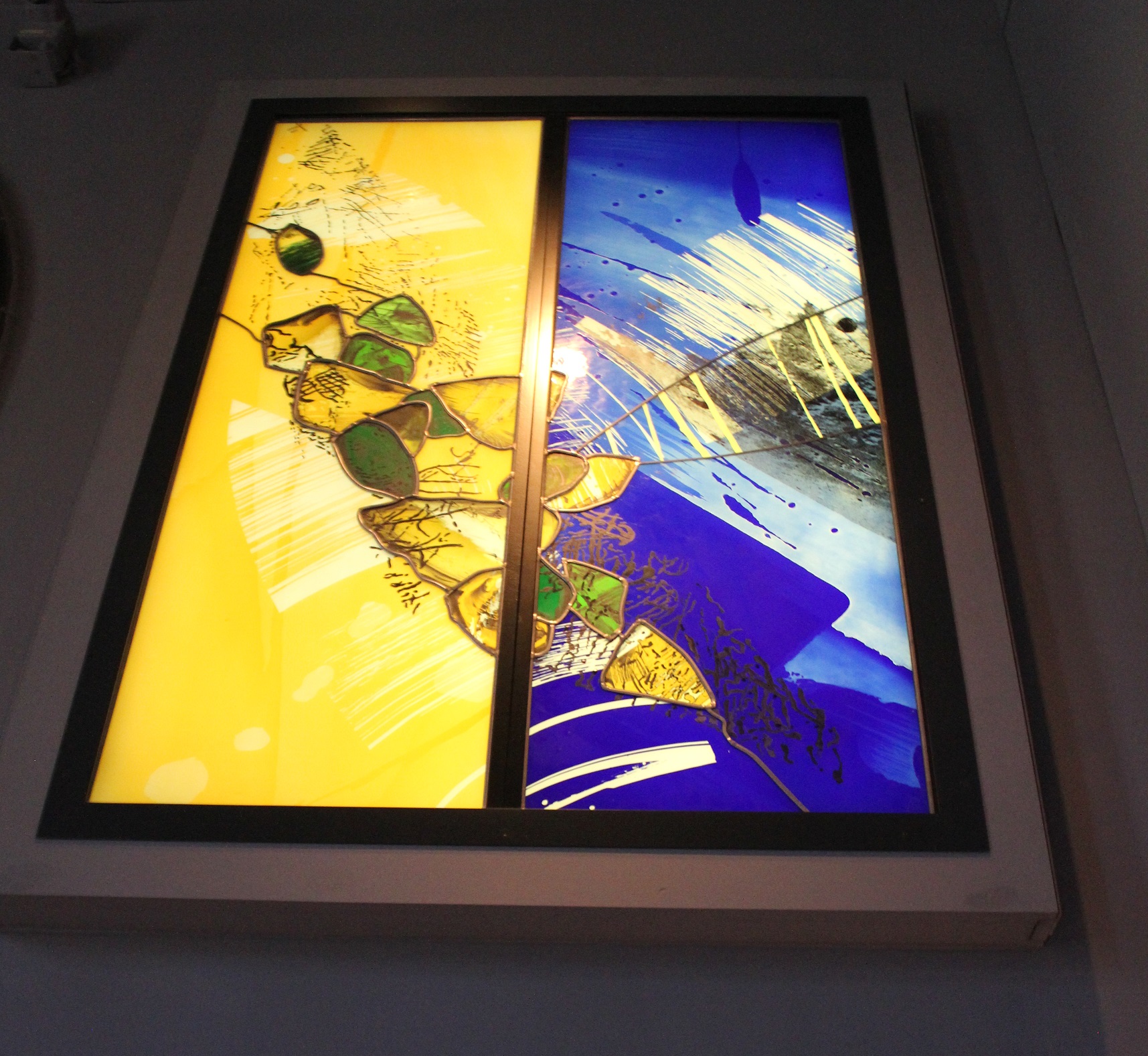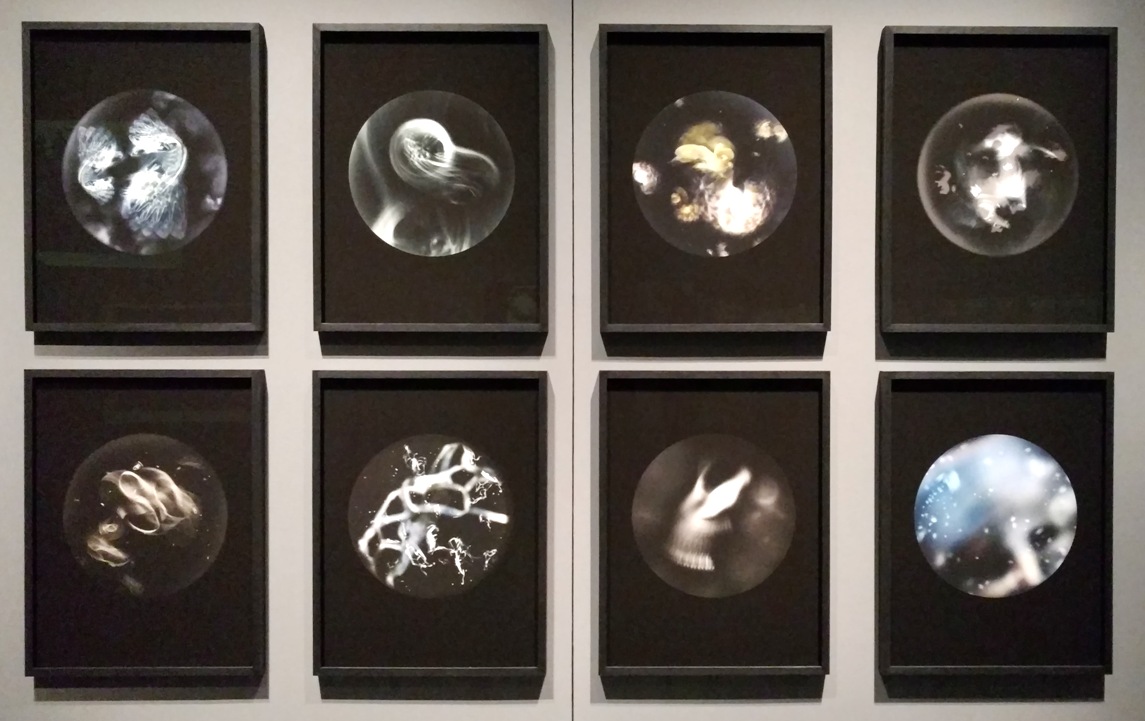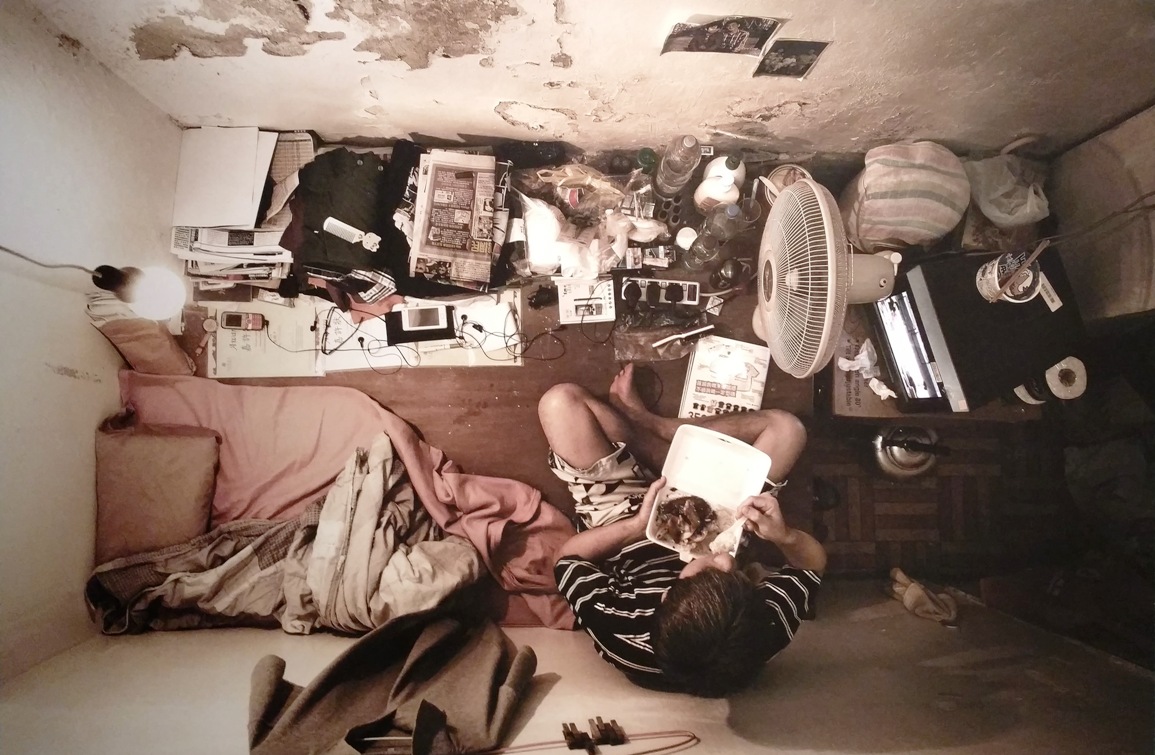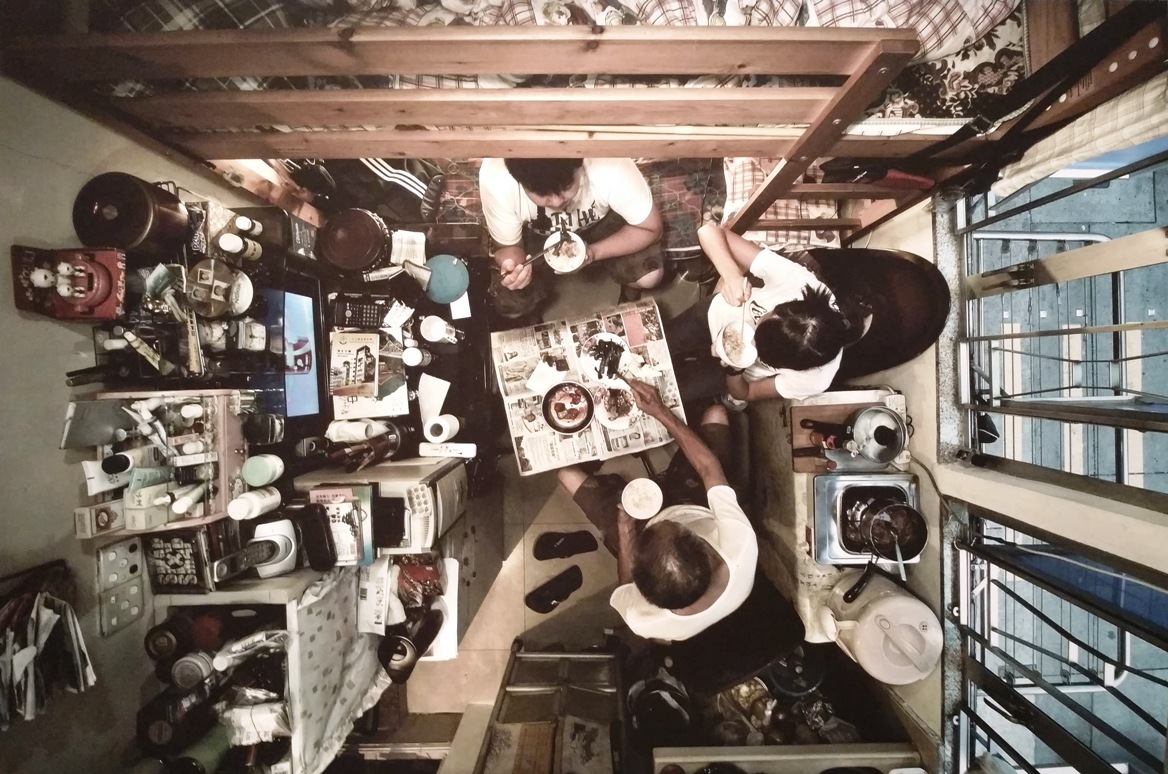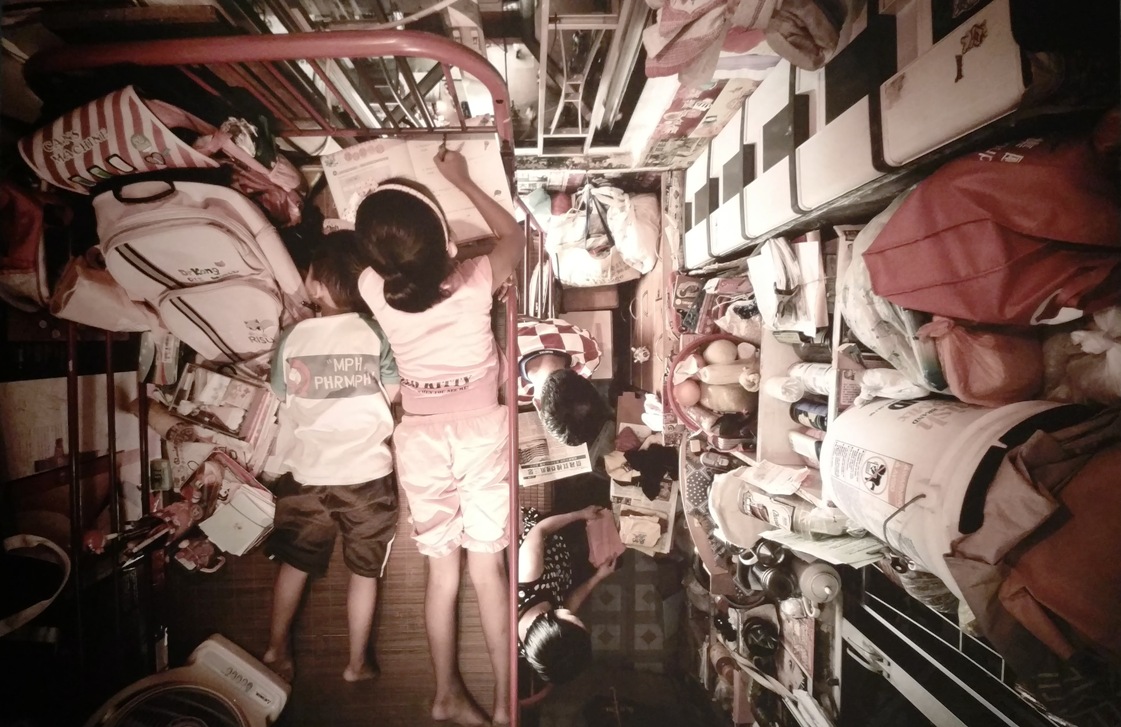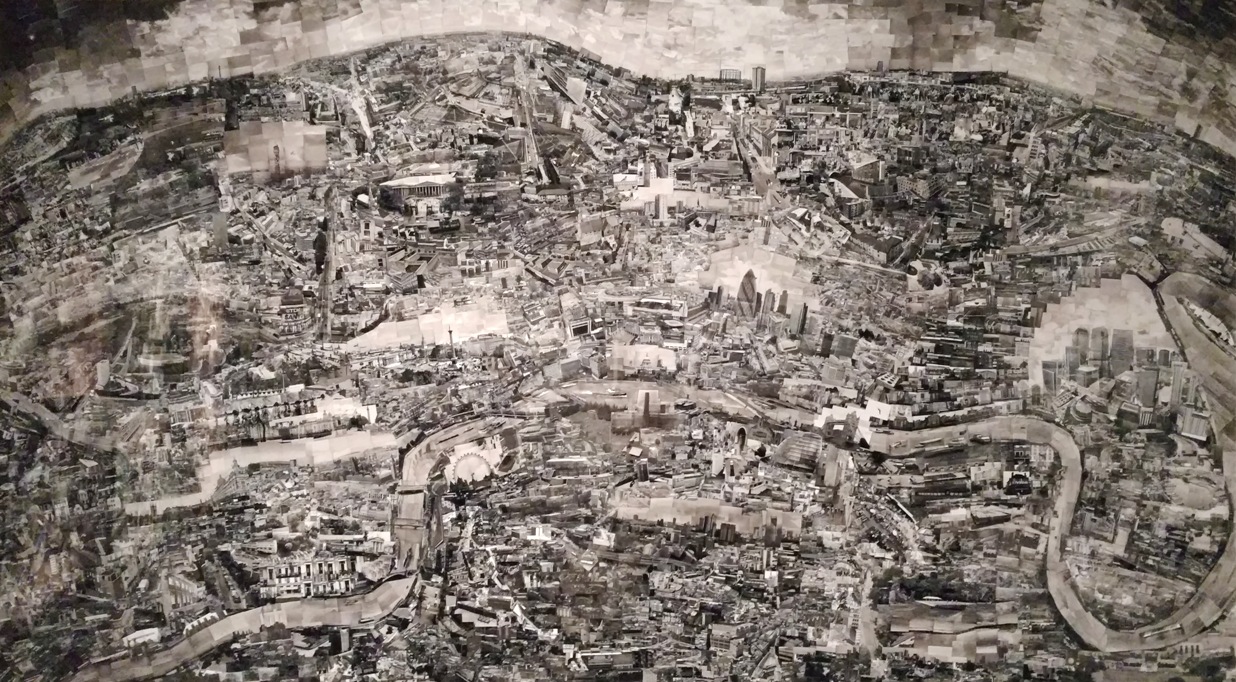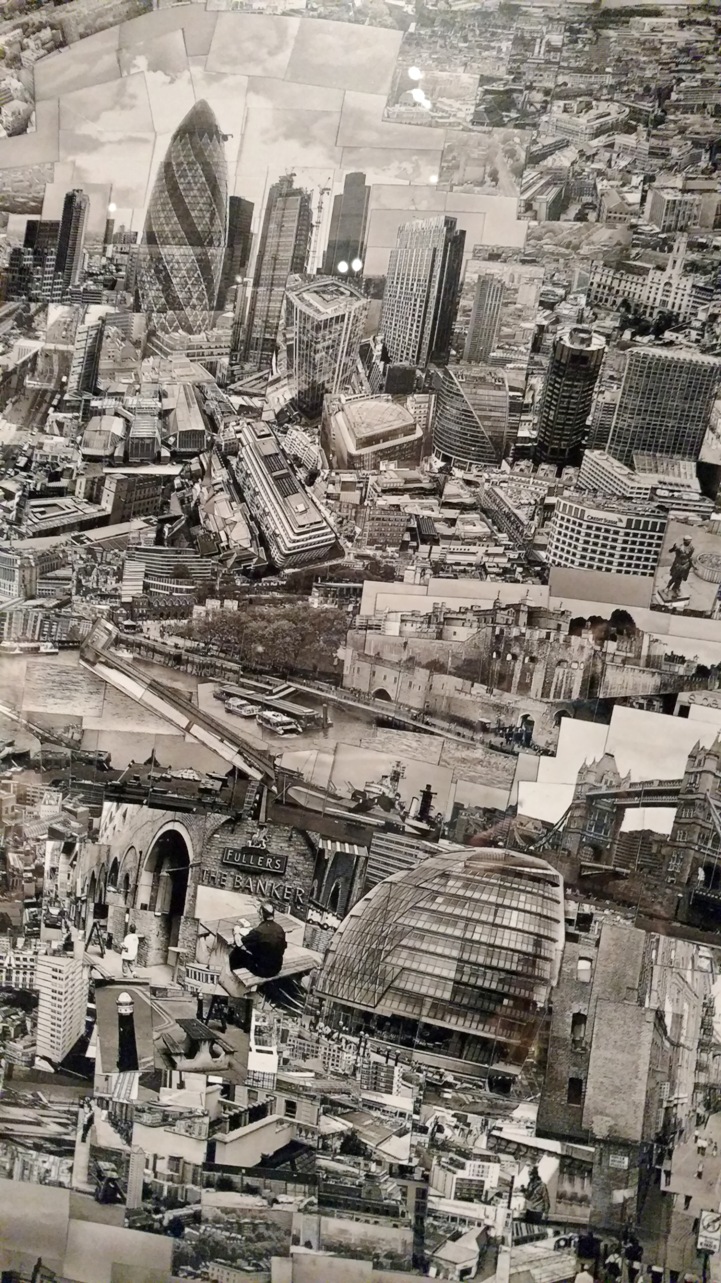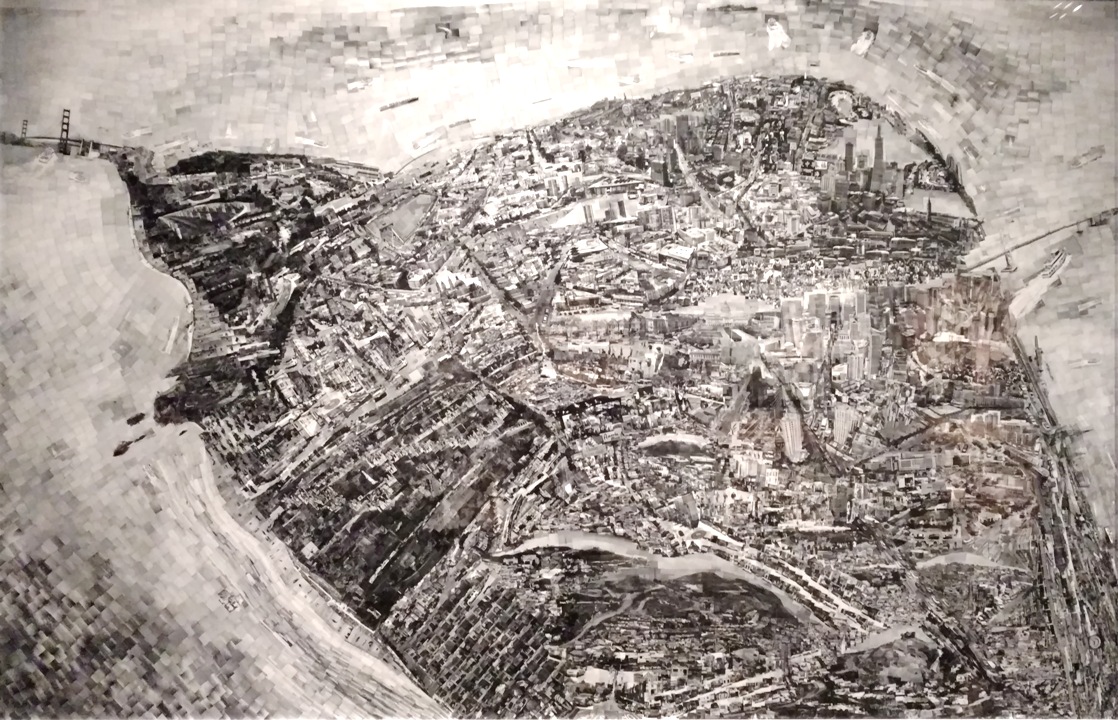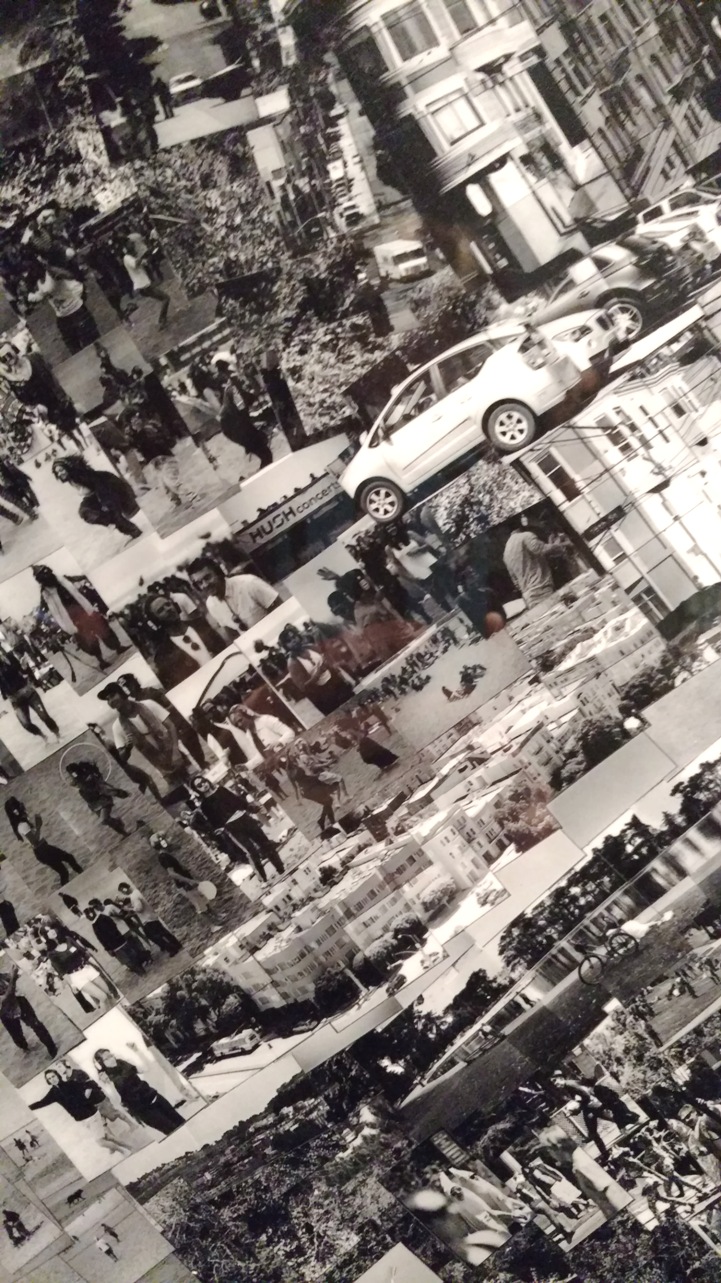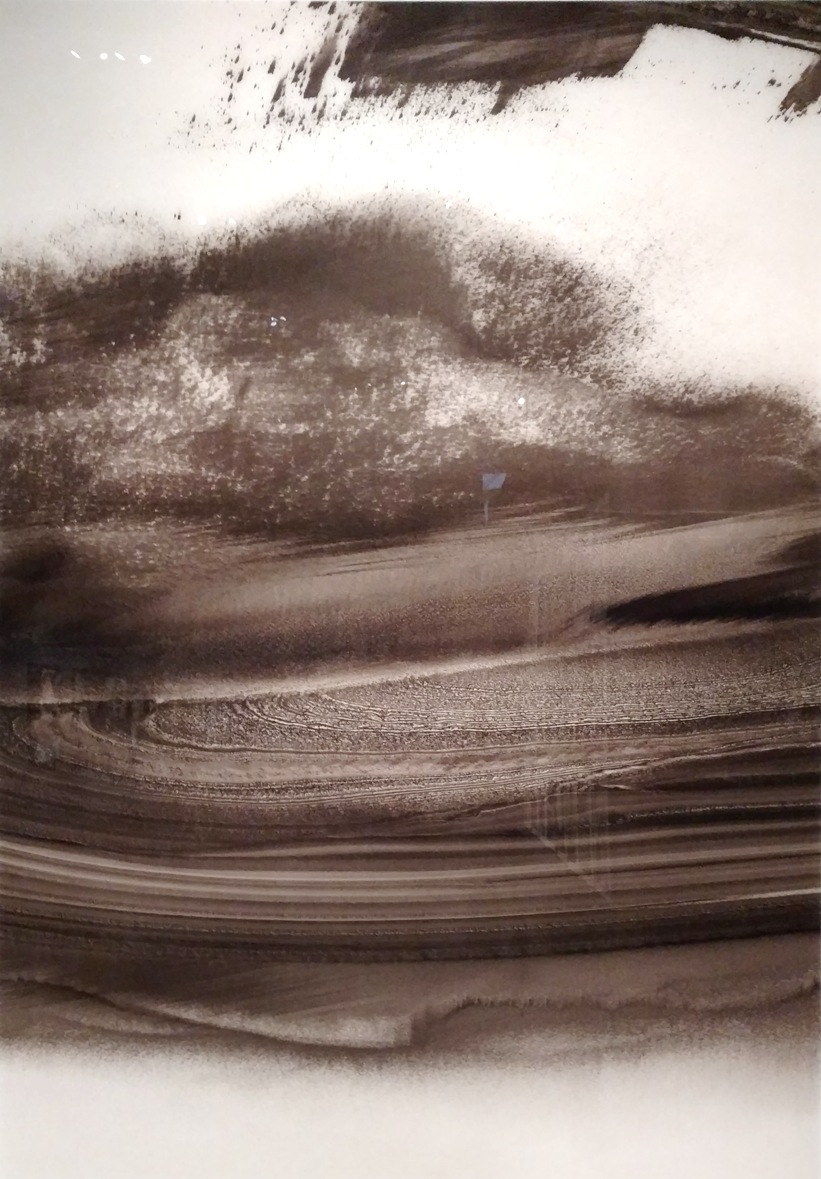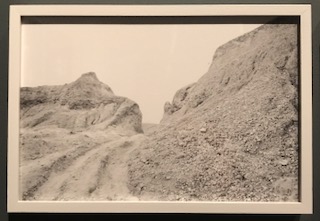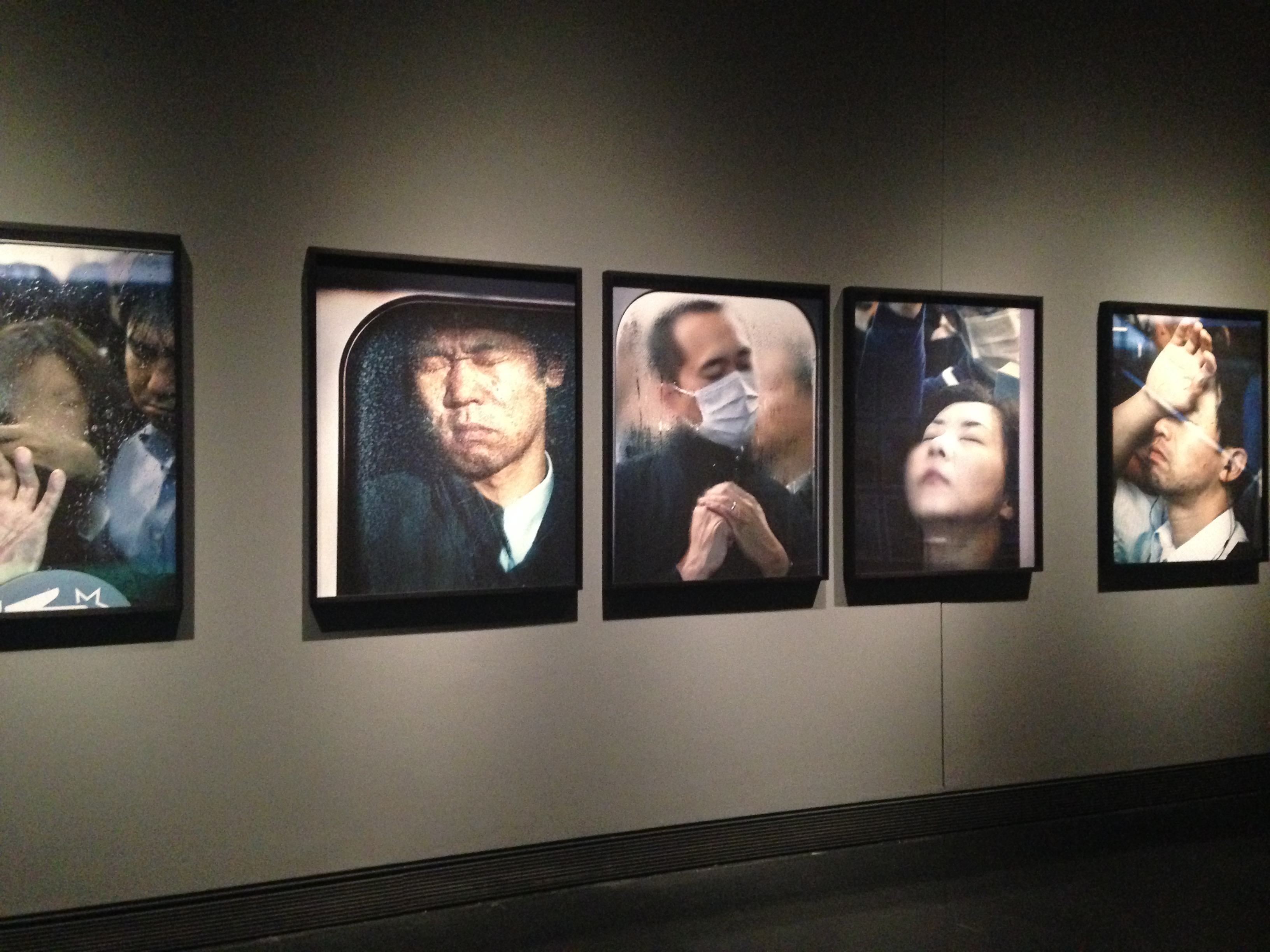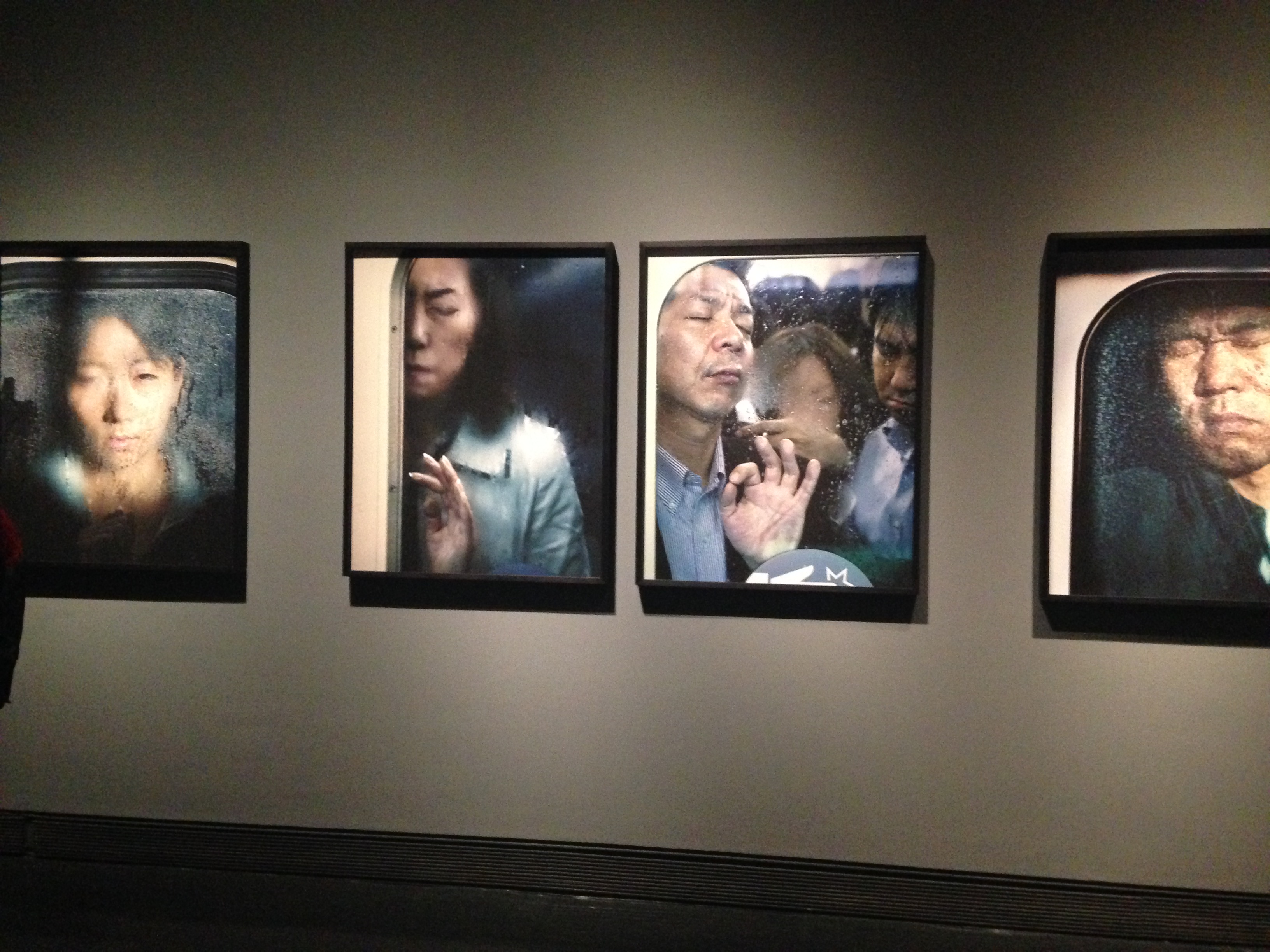Victoria and Albert Museum
From Londonhua WIKI
Victoria and Albert Museum
The Victoria and Albert museum (V&A) is a free museum in Kensington, surrounded by the Natural History Museum, and the Science Museum. Named after Queen Victoria and Prince Albert in 1852, the V&A is home to the world's largest collection of art and design artifacts.
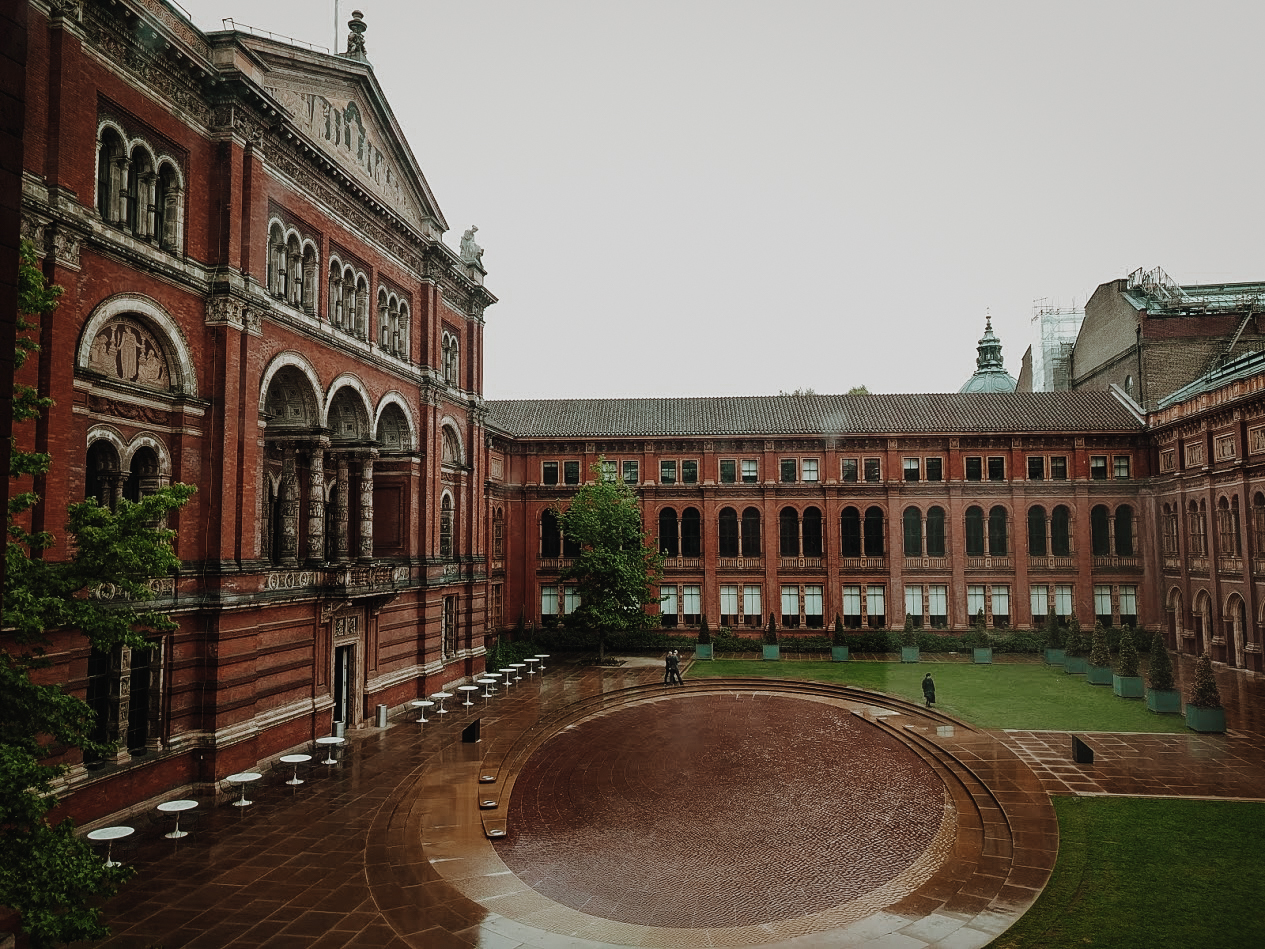 |
Contents
- 1 Victoria and Albert Museum
- 2 Background
- 2.1 The Building
- 2.2 The Collection
- 2.2.1 Sculptures
- 2.2.2 Ceramics
- 2.2.3 Architecture
- 2.2.4 China
- 2.2.5 Korea
- 2.2.6 Japan
- 2.2.7 Middle East
- 2.2.8 Islamic Middle East
- 2.2.9 Syria and Egypt
- 2.2.10 Portugal and México
- 2.2.11 Europe
- 2.2.12 Cast Courts
- 2.2.13 Buddha Exhibit
- 2.2.14 Iron and Steel Exhibit
- 2.2.15 Stained Glass Exhibit
- 2.2.16 Jewelry Exhibit
- 2.2.17 Glass Exhibit
- 2.2.18 Prix Pictet: Space
- 2.2.19 Theater and Performance Exhibit
- 3 References
- 4 External Links
- 5 Image Gallery
Background
The Building
The V&A building houses the vast collection of objects while being a magnificent sight to see on its own. A quick chat with a security guard will let you know that the entire footprint covers 12 acres of land, with galleries on 6 floors and one underground. The total number of galleries in the museum is 145. At the center sits a courtyard and garden that features an outdoor cafe and a water pool. Gallery space is constantly being added or remodeled, with the most recent addition being completed onto the building in 2012, but a total of 4 current galleries are remodeled.
Swarm Study / III
This experimental art exhibit was created by Random International, an art studio that develops interesting and creative displays and exhibits across the world. Swarm Study / III hangs in the ceramics section of the museum and consists of several cubes of hanging brass cords and LEDs. As visitors ascend or descend the stairwell, balls of light will seemingly follow the visitors on their path.
The Collection
The museum houses the largest collection of art and design items in the world, but only displays about half of that in the physical space. However, the number that is displayed is quite significant at 2,280,000 items spread across the 145 galleries. This collection is broken up into categories by type of items, such as Ceramics, textiles, metals, jewelry, furniture, sculptures and much more. The items in the categories are then also placed by origin, with locations such as Europe, North American, Asia, and Africa. The museum's oldest items are up to 5,000 years old, while some parts of the collection are objects from as recent as 2017.
Sculptures
Garden Sculpture
Throughout the 18th century, garden sculptures and busts became increased in popularity throughout Great Britain People began ordering artist to create statues, monuments, and temples that would be placed in their gardens and throughout their grounds. The garden at Stourhead is the most preserved gallery of statuary and sculptures to this date. The artists who made these statuaries were no always from the Britain, but most of them had spent an extensive amount of time there. Many were from the Netherlands such as Rysbrack, an artist and sculptor, and Carpenter, a specialist in lead sculptures.
Andrew Carpenter (Andries Carpentiere)
This garden sculptor favored lead because of his easy accessibility to it and that it could be cast into a mold to be replicated in mass production. Much of statuary during the time were famous reproductions of classic or Renaissance marble groups. His work Meleager was mass produced multiple times, but the Albert Victoria Museum has the original work, which depicts the mystical hero Meleager, who killed the savage Calydonian boar.=
Ceramics
Victoria and Albert Museum has the largest and most comprehensive ceramics and glass collection in the world, with over 80,000 objects from around the world. we can see ceramics from every continent. We can see scattered pieces around the museum but on the top floor, there is a designated area just for ceramics. Most are on display on the top floor inside "visible storage". The ceramics date from 3000BC to present. The cases are arranged by place of origin. All the cases and shelves are numbered. You can use these numbers to find detailed information on the objects through 'Search the Collections' on the computer terminals located throughout the galleries, or online.
Architecture
The architecture exhibit at the Victoria and Albert Museum dives into the key details of how to first design architecture and how different buildings implement different architecture styles. The exhibit was divided into a few different sections: Structures, Art of Architecture, and Different Examples of Buildings.
In the Structures sections, the exhibit goes there different types of structures that can be used in buildings. It explains that buildings can be made of style in two different ways: by using solid masses like brick walls and framed structures. The appearance of the building depends on the structure beneath it. Solid masses are usually bulky with smaller windows so they won't break under pressure, whereas framed structures like homes and skyscrapers can be built as high as wanted. They have the opportunity to have large windows since the framework of the building will support the vast opening. Since the structure of the building isn't the part of the building most people want to see, it is tucked away behind support walls of a solid material, giving it an overall better look than just frames. The framework of a builing is very similar to the framework of human skeletons, and no one wants to see a human skeleton everyday.
In the Art of Architecture sections, the exhibit explains the physical appearance of different buildings, going through their shape, decoration, and features. Over the years, buildings have changed dramatically from simple wooden huts, to large Gothic style structures made of stone, to skyscrapers made of steel and glass. Different locations can also influence the art of buildings, like in ancient Greece with the Acropolis made of stone, to modern day America with the huge cities of skyscrapers. The appearance of different buildings can also influence how important a building might be, like Big Ben and Buckingham Palace in London. They can make people feel differently when looking at those buildings and convey as sense of importance to each.
In the Different Examples of Buildings, the exhibit goes through different styles of buildings, ranging from old cathedrals to modern day homes, ancient Japanese temples to old fort during Britain's Empire, and even a model of Britain's first middle school. All these buildings come from different backgrounds and have different purposes for each. It's amazing to see how far humanity has come when it comes to different buildings and how evolution has helped in creating the best buildings for the best purposes.
China
Before 589
Ceramics were first made in China in about 5000 BC. Painted earthenware jars from north China were among the most sophisticated products made during the millennia that followed.
By the Han dynasty (206 BC- AD 220) China's ceramic industry had developed to a high level. Regional kilns produced funerary objects, architectural components, and items for everyday use. They were wheel-thrown, hand-built or molded, and then decorated with unfired pigments or lead glaze. High- fired stoneware vessels with ash glaze were also produced.
Some vessels, figures, and architectural components were specifically made for burial purposes. They were assembled to create miniature universes resembling the real world.
Korea
400-1500
During the Three Kingdoms (57 BC-AD 676) and Unified Silla (676-935) periods, the majority of high-fired ceramics made in Korea were dark-bodied, unglazed funerary wares. Then, during the 9th century, Korean potters started making green-glazed wares, particularly at kilns near the south and west Coasts. Green-glazed wares from the first half of the Koryo dynasty (918-1392) were often decorated with highly refined incised motifs. After 1150, black and white inlay, a uniquely Korean innovation, was used to create a rich variety of patterns. The use of inlaid slip continued into the succeeding Choson dynasty (1392-1910) in the form of so-called punch ong wares.
Jars
The exhibit displayed many jars and vases which were highly decorative. These jars and vases were considered to be an intricate part of Korean culture where they were used for decorative purposes, ritual purposes, and traditional purposes.
Hanji Paper Collage
A collage was made using hanji paper, which can be used for areas of life such as wrapping household objects for storage. This collage's defects, such as holes and rough surface, represents the difficult history of Korea. The strongly entwined paper, on the other hand, represents the resilience of the Korean people.
Japan
1660-1870
The Japanese first made porcelain in 1600-10, following the discovery of porcelain stone in Arita in western Japan. Until the techniques of overglaze enameling (see Case O to your right) were introduced in the 1640s, the majority of wares were decorated using underglaze cobalt blue (blue-and-white). The Arita porcelain industry received an important boost in the mid 17th century when there was a temporary collapse in Chinese porcelain exports and foreign merchants in Nagasaki turned to Japanese producers as an alternative source of supply. Blue-and-white porcelain continued to be made throughout the Edo (1615-1868) and Meiji (1868-1912) periods and is still produced in Arita today.
Middle East
700-1400
Pottery in the Middle East was primarily made for everyday purposes such as storing and serving liquids and foods. Unglazed wares were often decorated with molded, incised or carved designs, while various methods were used to produce colorful glazed objects. In about 800, potters in Iraq invented several important new techniques, notably tin glazing, painting in cobalt blue, and overglaze decoration in luster. These spread to Egypt, where potters produced a wide range of ceramic types during the 11th and 12th centuries. In Iran, potters achieved colorful results by using slips under a transparent glaze. Until about 1050, all Middle Eastern ceramics were made from earthenwares.
Islamic Middle East
After the rise of Islam during the 7th century, much of the history of the Middle East was changed. Islam spread like wildfire throughout the region reaching out to places far and wide. The area, like many, started a large empire and was then split into different states, however, they all shared the culture and ideas of their common Islamic tradition. Much of the art produced included religious and political pieces.
The art itself was developed from Byzantine and Sassanian roots, which the area was originally ruled by. During those times there was an emphasis on geometric patterns and designs, flowers, and inscriptions. The new Islamic culture made its impression on the art and created the beautify calligraphy, ornamental flowers and geometry unique to only the Islamic Middle East.
Calligraphy
Calligraphy became very important to the Islamic culture due to the fact that teachings of Islam come from the “divine revelation” written in the Qur’an. Therefore, since the writing was so important it was written in an embellished way. The intricacy of the writing depicted the importance of the work, so many religious works produced had the elegant calligraphy. The notion of calligraphy spread to other areas such as Turkey and Persia, where Arabic was used too.
Geometry
Much of the Islamic art can be defined by its geometry. It has been said that many artists would create designs with a ruler and compass and others would create a base on instinct passed on by past teachers. These patterns had a propensity to include plant-like designs both in religious and secular works. Over time the patterns became more intricate including more than one pattern, but they did not advance from the two-dimensional designs that were always seen. They intentionally left the patterns flat and
Syria and Egypt
1150-1650
Syria lay at the heart of international trade routes and its ceramics often reflected foreign influences. During the 12th and 13th centuries, potters were inspired by imported Iranian wares. In the early 15th century, they began to copy the Chinese porcelain that was traded through Damascus. Many of the same styles were produced in Egypt, but in the 14th century, there also emerged a distinctive type of earthenware decorated with slips. After the Ottoman conquest of 1516, Syrian potters absorbed the court style of Iznik ceramics. However, the painting was less refined and never included the relief red pigment so characteristic of lznik wares.
Portugal and México
1600-1725
Potters at Puebla de Los Angeles in Mexico used Spanish tin-glaze technology to make blue-and-white earthenwares with 'Chinese' decoration. At Tonala, near Guadalajara, potters used local traditions of hand-building and hand-polishing to produce a distinctive red pottery for the Spanish and European markets. Portuguese traders were the first to import quantities of Chinese porcelain into Europe. Potters in Portugal then borrowed Chinese ornament and combined this with western imagery and heraldry on their high-quality earthenwares. Much of their production was exported to northern Europe, through a wide network of Jewish merchants of Portuguese origin.
Europe
1700-1910
Slipware is pottery covered or decorated with liquid clay 'slip'. Its production was widespread in 18th-century Europe. Normally local product, it displays a range of regional styles. In the Niederrhein region of Germany, many villages produced distinctive slipwares using a variety of techniques. at Rheurdt and Vluyn-vluynbusch made large dishes with vigorous incised decoration. In Switzerland, the Langnau region became an important center, producing slipwares of unusual delicacy In Central Europe, potters in Transylvania, Bohemia, and Moravia made highly decorative ceramics by trailing or painting pigments and slip onto a plain white slip- covered ground. Throughout Central Europe, regional traditions of slipware continued into the 19th and 20th centuries. Traditional forms and decoration persisted, but with increased communication new styles emerged to suit wider markets and tastes. A wide range of slip-decorated tablewares was made for household use. In some regions, the manufacture of wares as tourist souvenirs also became increasingly important. Potteries at Heimberg, in the Thun district of Switzerland, catered for a popular tourist market. They exhibited at Paris Exhibition of 1878, and their wares were exported widely.
St. George and The Dragon
This statue was made in Germany in 1480. It depicts St. George having slain a dragon while rescuing a princess. St. George was shown to have been an example of chivalry because of this.
Cast Courts
The cast courts opened at the Victoria and Albert Museum in 1873. Since then the galleries have displayed replicas of some of the most influential monuments of medieval history and the Renaissance in Europe. This gallery contained works from famous Italian sculptures produced by Donatello, Luca Della Robbia, and Michelangelo. This gallery contains exact copies of the originals. They were produced in the 1800's when most arts were being replicated. The copies were made of plaster so they were cheap to produce. Unfortunately, this makes the copies very fragile. They were copied because people could not afford to travel abroad to see the original and illustrated art books were expensive. These copies allowed people to see the work locally. It is often seen that these works better resisted the horrors of time than the originals did. This is evident in Lübeck's Christ washing the Apostles' feet. The original was destroyed by the copies lived on. The statue of David is the museum's first major cast of an Italian figure. It was acquired in 1857 when the Duke of Tuscany sent it ti Queen Victoria as a gift. Since she found the nudity to be insulting, an accurately scaled fig leaf was made to add to the statue in case the Queen or other Female dignitary came to visit the museum.
Pink Floyd
Asian Exhibit
Islamic Art
The Victoria and Albert Museum contains over 4.5 million objects from different time periods. 19,000 of those are from the Islamic world. They range from the 7th century and span all the way to the early 20th century. The gallery that contains around 400 of these items at a time is called The Jameel Gallery of Islamic Art and opened in 2006 with Ardabil Carpet being the centerpiece of the gallery. This is one of a pair of Persian rugs while the other is located in Los Angeles. The Jameel Gallery of Islamic Art holds items from Afghanistan, Spain, North Africa, the Middle East, and Central Asia. Another of the most famous objects of this gallery is a 10th-century rock crystal ewer. This is an amazing example of Fatimid art, an artifact from the Fatimid Caliphate. Along with these items, the gallery holds many different examples of calligraphy in Qur'āns of multiple time periods. One of the largest objects in this display is a minbar from a mosque in Cairo that dates back to the 15th century. There are also ceramics, rugs, glasswork, carpets, tile work, and even a fireplace on display at the Victoria and Albert Museum.
Korean Exhibit
The Korean Exhibit mostly showed
Buddha Exhibit
Located on the main floor of the museum, The Robert H. N. Ho Family Foundation Galleries Of Buddhist Art, has on display multiple different buddha sculptures from around the world. Please check out the article for more information!
Iron and Steel Exhibit
The Victoria and Albert Museum has one of the largest collections of decorative iron and steel from the 12th Century to present day. Most of it comes from Continental Europe and Britain and there is a large variety. There are everything from gates, locks, and keys, to candlesticks, earrings, and necklaces. Iron is one of the most useful and abundant metals but it is not easy to extract or mold. However, because of Iron's characteristics, it allows more difficult forms to be created. Iron is made by smelting, heated with a mixture of ore and charcoal, to a staggering temperature of 12000 degrees C. Once in a while the mixture would be hammered to condense it, and eliminate any impurities. There have been many different methods of smelting between 3500 BC to AD 1700. However in 1713, a cheaper way of producing iron came about, Abraham Darby smelted ore using coke, which is derived from coal. Wrought Iron and cast Iron are the two most commonly used types of Iron. The difference between the two is that wrought iron is shaped by a blacksmith, and therefore no two pieces are the same. Cast iron is produced in a boundary, which allows for the mass production of an item, the iron is melted to liquid form and placed in a mold. This process makes it brittle but still strong, so it is ideal for use in bracelets or railing. Iron is used when a strong material is needed. And because of its decorative qualities, many architects have been attracted to it.
Stained Glass Exhibit
The museum has stained glass panels spanning from around 1140 to more recent designs from 2005. This allows for visitors to see the progression of the art form. The earliest of panels lack elaborate detailing and the figures that are present are incredibly simplistic in appearance. As time progressed towards the 15th and 16th centuries, the detailing on the artwork became much more complex, though the artwork lost touch with its original form. In the renaissance-era stained glass was referred to as painted glass, due to the enormous amount of detail in each window, painted on with various enamels. Another major shift the art took in those centuries was that it shifted away from the fusing of many pieces of glass to create an image, preferring to have larger solid pieces of glass. In the 17th century, the more traditional style of stained glass returned to popularity and the overly ornate painted designs greatly reduced. The modern pieces on display reflect the traditional art form by fusing many pieces of glass together to create an image.
Jewelry Exhibit
The Victoria and Albert Museum is home to one of the finest and most comprehensive jewelry collections in the world, with over three and a half thousand pieces spanning over three thousand years of history[1]. The collection particularly emphasizes European jewelry from prehistory, Medieval jewelry, Renaissance jewelry, 17th-century jewelry, 18th-century jewelry, 19th-century jewelry, and more recent styles, including Arts & Crafts jewelry, Art Nouveau jewelry, Art Deco jewelry, and Contemporary jewelry[2].
Ancient World Jewellery
Medieval Jewellery
Renaissance Jewellery
Jewelry from the Renaissance is often characterized by extensive and complex enamels and by newly-developed stone cutting techniques. These cuts allowed for jewels to shine as never before. Pieces from this period were often worn as religious displays or as shows of political strength. This period also saw a revival of the ancient art of gem engraving, with certain engravings, thought to protect against ailments or threats. For instance, a carved scorpion ring was thought to heal its wearer from poison and fever. The Renaissance also saw an increase in portraiture jewelry, reflecting an awareness of individualism[3].
17th-Century Jewellery
18th-Century Jewellery
19th-Century Jewellery
Art Deco Jewellery
The Art Deco style was prominent from the 1920s to the 1950s, characterized by sharp, geometric patterns and internationally-influenced designs. Densely-packed gemstones are common in this style. While silver and platinum were initially common in Art Deco, gold returned to fashion in the early 1930s. Art Deco jewelry is also notable for the role that artists and other non-jewelers started to take in its design, foreshadowing the more contemporary jewelry designs that would follow[4]
Contemporary Jewellery
Glass Exhibit
The Glass exhibit at the Victoria and Albert museum is home to the full history of glass making and glassware throughout centuries. There is a completely separate section of the exhibit dedicated to Contemporary Glass art. The exhibit shows the progression of glass ware and glass ware techniques and uses. Below is an overview of some eras and types of glass making.
The Invention of Blowing
Glass Blowing was invented in the Syro-Palestinian area at around the time of 50 BC. It spread very rapidly and within 100 years was the dominant technique for glass making. The molten glass was gathered at the end of a rod and then could be inflated like a balloon, and then further manipulated into the desired shapes. For the first time, with the invention of blowing. glass became cheap and useable for many in their everyday lives. Also decoration techniques of glass blowing were introduced, allowing complex patterns of decoration to be more easily reproduced.
Medieval Glass for Mosques and Palaces
Enameling was developed in Syria and Egypt and proved difficult because the decoration was added after the glass had been shaped. Many enameled lamps were used in mosques and tombs. Their decorations often included verses from the Qur'an in Arabic.
Early Venice
Venetian glass makers perfected the art of enameling by the end of the 15th century. They mixed their enamels with oil, which was then painted onto the vessel and fused into a furnace. Venetians most likely learned this methods from Islamic Glass makers. Most of their designs did not feature portraits and mythological scenes, but a few did. After an increase in the used of non-colored glass, the designed used became much simpler. Colored glass would come back into popularity in the late 17th century. The "jewel-like" quality of the non-colored glass was emphasized through the practice of enameling.
Import and Imitation of Venetian Glass
Venetian Glass makers were highly valued by the city and sought after by many other places. Despite the attempts of the city of Venice many skilled glass makers traveled across Europe to establish their glasshouses elsewhere. Production of Venetian style glassware in the Netherlands reached a peak in the 16th century. The shapes were very similar to that of Venice but, the beaker and flute became popular shapes.
Contemporary Glassware
Today, Glassware is more appreciated for its artistic appeal, rather than its functionality. People use glass to make a statement or just simply for decoration. An example of a glass piece that make a statement is Brick Man by Max Jacquard. This piece aims to portray the sense of isolation and self protection felt by an artist. The piece Under My Wing by Tali Dalton portrays the nuances of a relationship through the two spiraling tendrils.
Prix Pictet: Space
The Prix Pictet prize began in 2008. Its goal is to raise awareness of sustainability issues through the power of photography. Space focuses on the limited space humans have and the fragility of space. This includes concepts such as overpopulation and pollution.
Mandy Barker
Mandy Barker calls attention to pollution in the oceans. Her images are inspired by images of the observations made by marine biologist John Vaughan Thompson in the 1800s. She creates images that appear to be microscopic samples using plastic garbage. These specimens receive mock scientific names that contain the word plastic hidden in them. The images are meant to be grainy and imperfect to reflect the imperfections in how people treat marine life.
Saskia Groneberg
Beate Gütschow
Rinko Kawauchi
Benny Lam
Benny Lam seeks to raise awareness to the poor living conditions in Hong Kong. Despite being considered one of the richest cities in the world, there is extreme poverty. In order to save money, people live in partitioned cubicles. These areas are roughly 40 square feet. This space is used for sleeping, eating, studying, bathing and leisure. Often times there a multiple people living in such a cubicle. Lam's photographs capture the cramped conditions and hardships of the people.
- Subdivided Flats - Benny Lam
Richard Mosse
Richard Mosse creates heat maps to draw attention to refugee camps. They are used to ironically comment on occupants poor conditions including the risk of hypothermia. These heat maps are created by taking pictures of the refugee camps using a thermal camera that can detect body heat from a distance.
Shohei Nishino
Shohei Nishino creates diorama maps of cities made up of a composite of photographs from the city. He spends roughly three months in a city taking pictures and creating the composite. These composite maps are flawed with repeated locations and imperfect depictions of places to mimic the flawed memory of humans. From a distance, the dioramas appear unclear and abstract like how a city is just a jumble of buildings and lights from afar. On close inspection, the sights can be made out similar to how a person must immerse themselves in a city to see what it is really like.
Sergey Ponomarev
Thomas Ruff
Thomas Ruff's pictures strive to give viewers a personal look at Mars. He modifies satellite images of Mars from NASA. While the images are initially in black and white, Ruff adds color that either invokes the familiar images of Mars or that stands in contrast to our expectations, emphasizing the alien nature of the photo. He also modifies the perspective of the image to make it appear as if the viewer is seeing it out of an aircraft window.
Munem Wasif
The "Land of Unidentified Territory" created by Munem Wasif is a collection of photos that have few distinguishing features. The photos are actually from the India Bangladesh boarder, a historic disputed boundary. The land is currently not owned and therefore these pictures do not represent an identity rather just a place.
Pavel Wolberg
Michael Wolf
Tokyo Compression was created by Michael Wolf, German artist and photographer who's work focuses on the life in big cities. Shinjuku Station, where the photographs were taken, is one of the most crowded train stations in the world.
Theater and Performance Exhibit
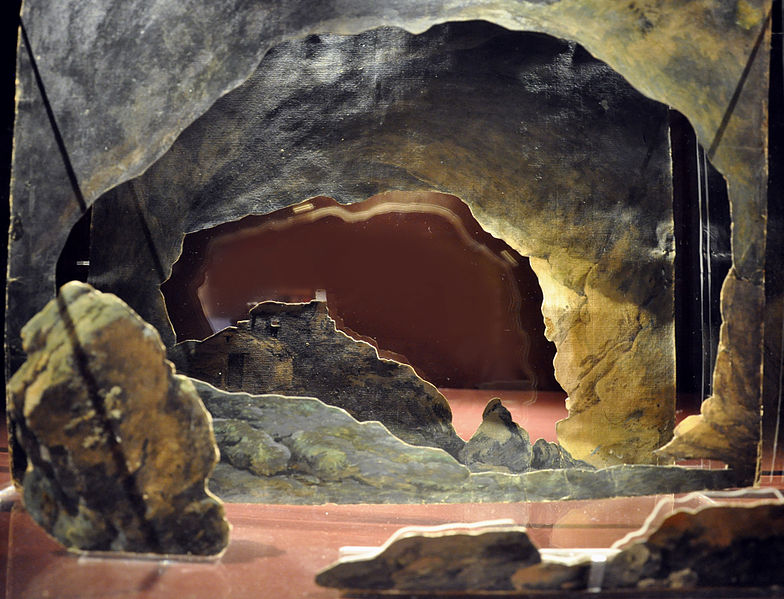
Attributed to By Photo: Andreas Praefcke (Own work (own photograph)) [Public domain], via Wikimedia Commons - Link
This exhibit features current & past performance things and the history of performing arts in England. The exhibit features things for all kinds of performances including, including drama, dance, opera, circus, comedy, musical theater, costume, set design and popular music. [5] According to the V&A website, in the 1920's a private collector by the name of Gabrielle Enthoven donated her collection of theatrical things including designs, books photographs, and souvenirs to the Museum.[5] The exhibit is split up into subsections: Designing Theatre, Costume, Makeup, Creating & Producing, and Rehearsing & Promoting.
Designing Theatre
This section shows the stage models, sketches and paintings that are used to show the designer's idea and proposal for a production. One of the models pictured below that is the earliest in the collection is the 1793 production model for 'The Wonders of Derbyshire' by painter Philip James de Loutherbourg.[6] Other models by some modern creators in the 21st centuries are also included as well as ballet designers.
Costume
Costumes on display were worn on stage in productions such as Henry V, Lion King, Oedipus Rex, and Vivien Leigh. Costumes include tutus, headdresses, jackets, shoes and much more.
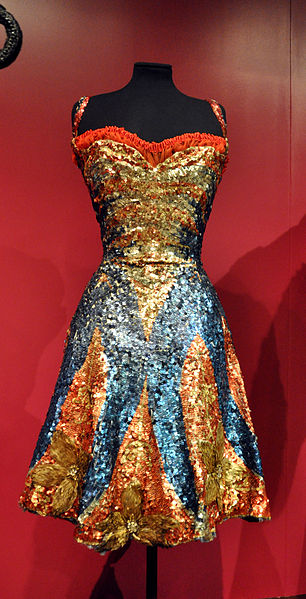
Attributed to By Photo: Andreas Praefcke (Own work (own photograph)) [Public domain], via Wikimedia Commons - Link
Makeup
This section looks goes through the process and history of stage make-up. This section includes a recreation of Kylie Minogue's dressing room.
Creating & Producing
This section goes through the process behind different productions including "Hamlet" and "Jesus Christ Superstar". The process of producing a production includes looking at financing, casting, and choosing a venue.[7] The history and practice of censorship is also display in this section.[7]
Rehearsing & Promoting
On display in this area has posters promoting heater and performances that spam the last 250 years. An interesting fact about this section is that on display is the First Folio of Shakespeare's 36 plays. Another displayed item is a ballet shoe worn by the ballerina Marie Taglioni.
References
- ↑ Dickinson, P. (Director), & Hughes, E. (Producer). (n.d.). Spotlight on V&A Jewellery Collections [Video file]. Retrieved May 19, 2017, from https://www.vam.ac.uk/articles/spotlight-on-the-va-jewellery-collections
- ↑ A History of Jewellery. (n.d.). Retrieved May 19, 2017, from https://www.vam.ac.uk/articles/a-history-of-jewellery
- ↑ A History of Jewellery. (n.d.). Retrieved May 19, 2017, from https://www.vam.ac.uk/articles/a-history-of-jewellery
- ↑ A History of Jewellery. (n.d.). Retrieved May 19, 2017, from https://www.vam.ac.uk/articles/a-history-of-jewellery
- ↑ 5.0 5.1 V&A · Theatre & Performance. (n.d.). Retrieved May 17, 2017, from https://www.vam.ac.uk/collections/theatre-performance
- ↑ Victoria and Albert Museum, Digital Media webmaster@vam.ac.uk. (2014, January 14). Room 104: Designing Theatre. Retrieved May 20, 2017, from http://www.vam.ac.uk/content/galleries/level-3/room-104-designing-theatre/
- ↑ 7.0 7.1 Victoria and Albert Museum, Digital Media webmaster@vam.ac.uk. (2014, January 13). Room 106a: Creating & Producing. Retrieved May 20, 2017, from http://www.vam.ac.uk/content/galleries/level-3/room-106a-creating-producing/
External Links
If appropriate, add an external links section
Image Gallery
If appropriate, add an image gallery
